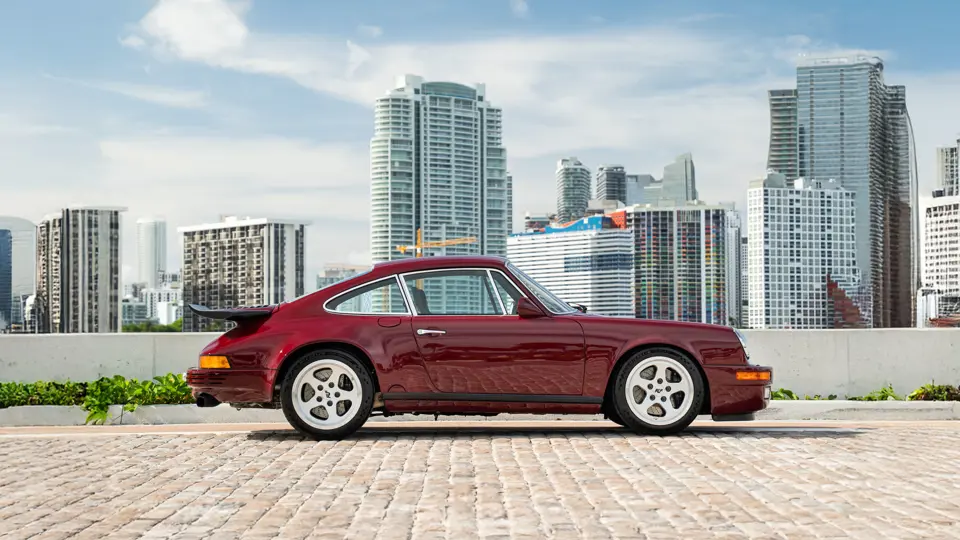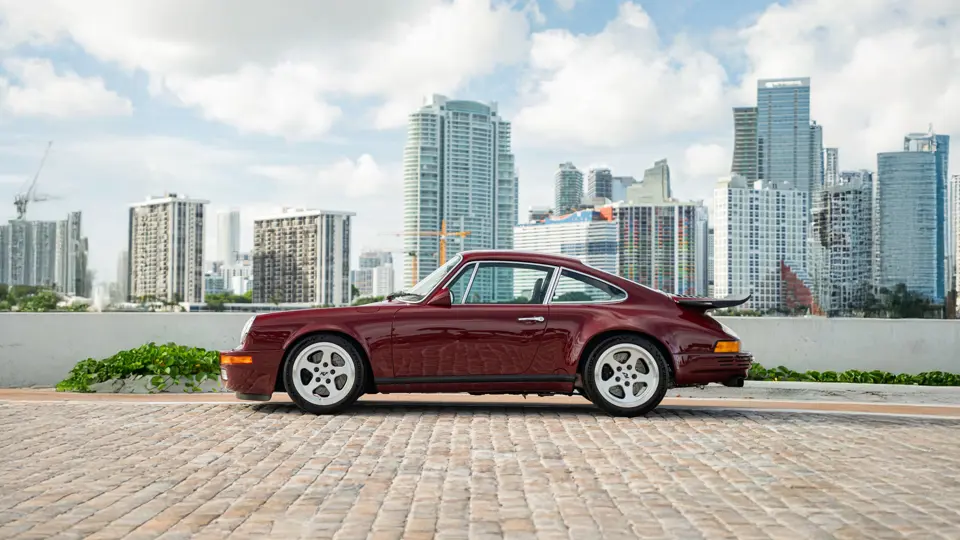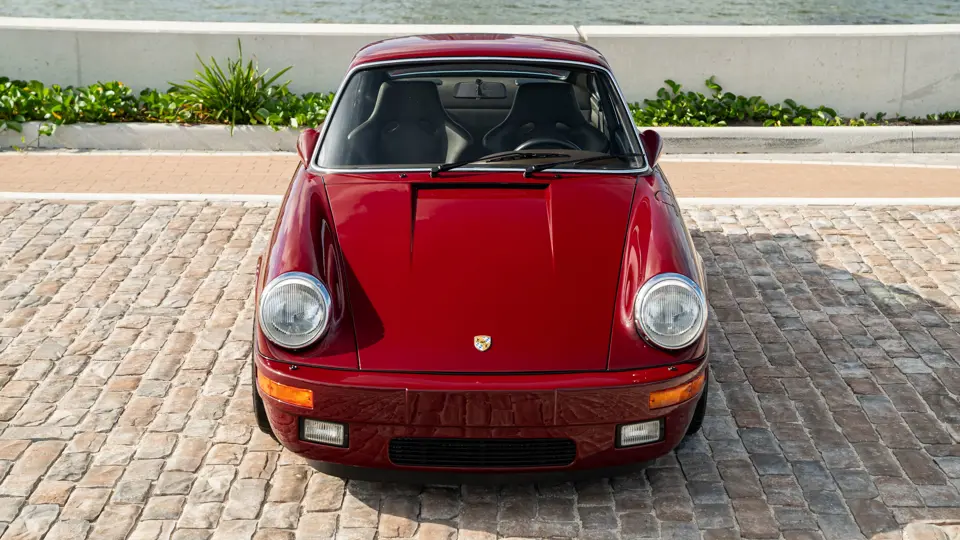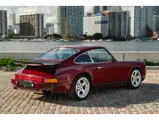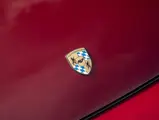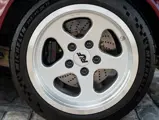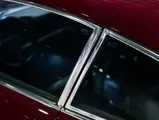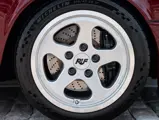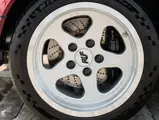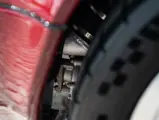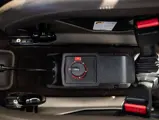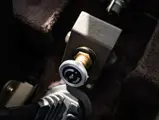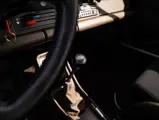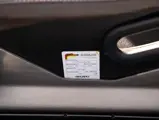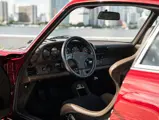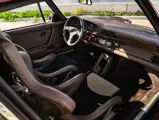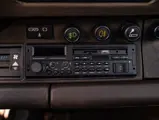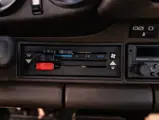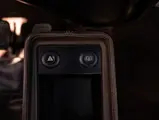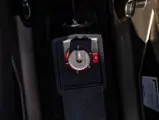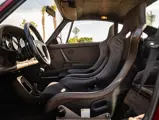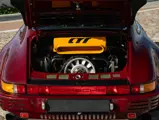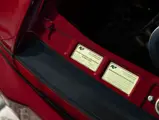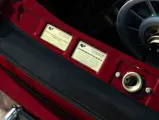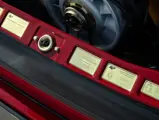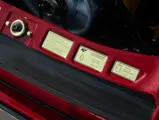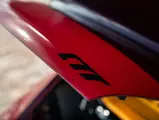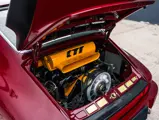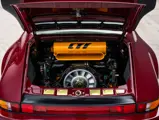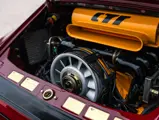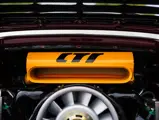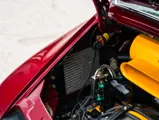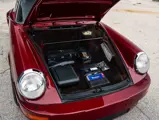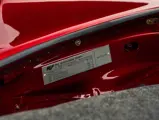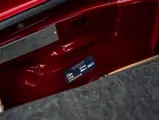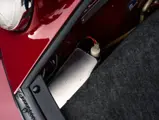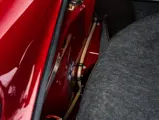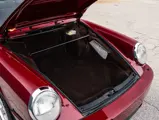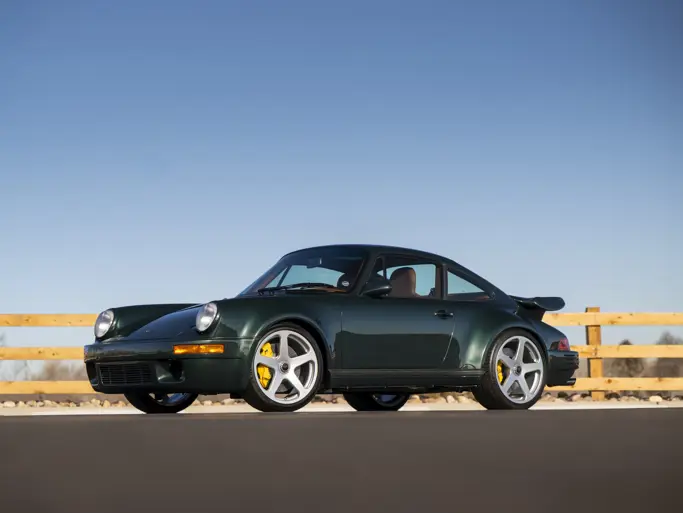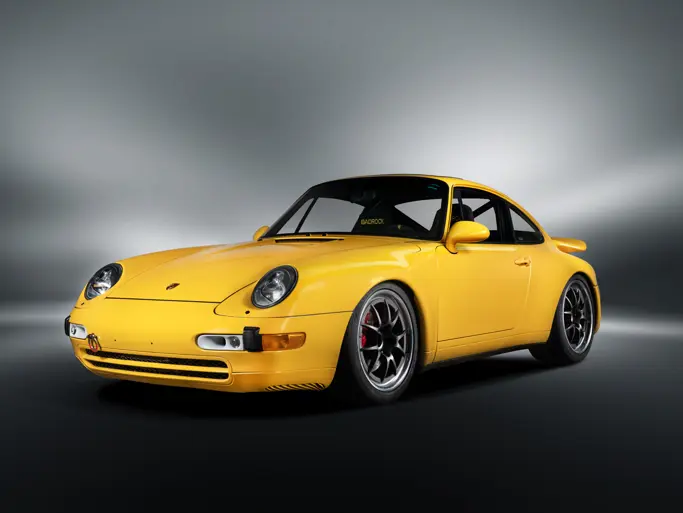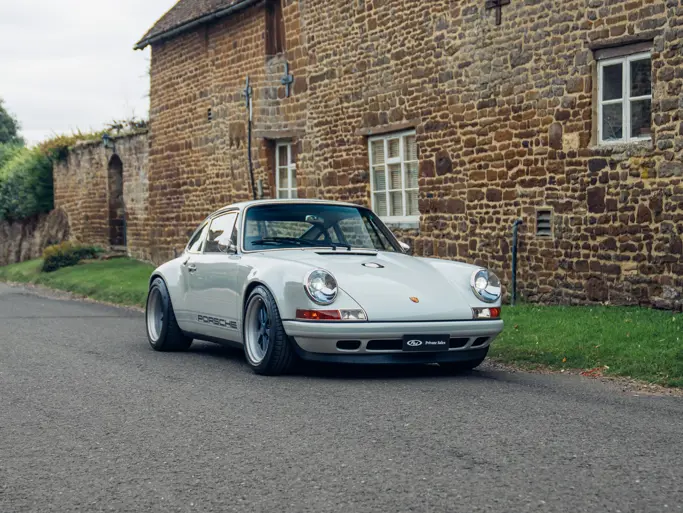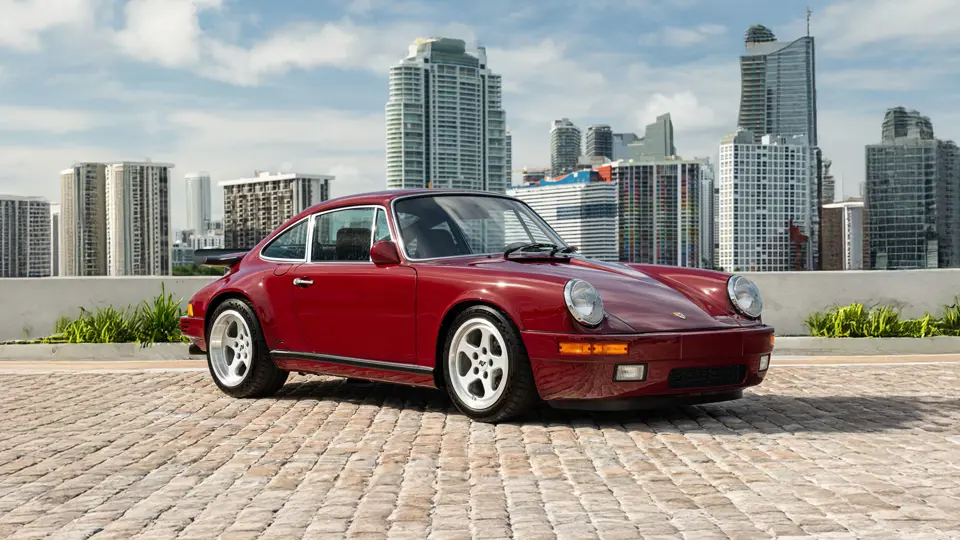
1989 RUF CTR1 'Yellowbird' Lightweight
{{lr.item.text}}
$4,295,000 USD | Sold
{{bidding.lot.reserveStatusFormatted}}
- “Redbird,” a highly personalized build and the only CTR finished in paint-to-sample Bordeaux Red
- One of only six Lightweights produced; previously used as Alois Ruf’s personal car
- Retains its numbers-matching 3.4-liter twin-turbo flat-six engine and accompanied by original rear decklid
- Authenticated by RUF certificate, build sheet, factory correspondence, German registration documents, manuals, and RUF invoices
- Currently indicates fewer than 18,900 km (~11,745 mi.) at cataloguing time
RUF’s global breakthrough came in 1987 with the release of the CTR, famously known as the “Yellowbird.” Based on the Porsche 911 Carrera, the CTR featured a bored-out 3.4-liter flat-six engine, twin turbochargers, and a racing-derived fuel-injection system. Paired with RUF’s own five-speed gearbox and reinforced chassis, the car achieved a staggering 211-mph top speed—outpacing icons like the Ferrari F40, AMG Hammer, and Porsche 959.
Its dominance was confirmed inRoad & Track's July 1987 “World’s Fastest Cars” test, where the CTR eclipsed the era’s best, cementing RUF’s reputation for unmatched Porsche-based performance. Though only 29 CTR examples were built for customers, the model was surely known to every automotive enthusiast on the planet thanks to RUF’s 1989 release of “Faszination Auf Dem Nürburgring”—a 20-minute, edge-of-your-seat sizzle reel featuring works driver Stefan Roser using a CTR so boldly that even today it still induces anxiety in viewers.
For those even more cavalier than Roser, RUF offered the CTR in Lightweight trim. Several body panels were executed in aluminum as opposed to steel, and the chassis was stripped down to feature lighter foams, no center console, no roll cage (often re-installed), no power brakes, no sunroof, no radio, and lightweight Clubsport seats. Only six were ordered.
CTR number 9, known as “Redbird,” is a German-market Lightweight example with a uniquely extravagant specification. Ordered new in May 1988 by original owner Dr. Dietrich, the car was tailored to his exacting taste (in direct consultation with Alois Ruf), starting with a paint-to-sample Bordeaux Red exterior over matching trim-to-sample black Nutria leather—an unusually rich and deliberate pairing.
But Redbird’s distinctiveness goes far beyond color. Its options list reads like a greatest hits of bespoke RUF engineering: Sports suspension, a RUF transaxle, 959-style door seals, lightweight door panels, six-point Sabelt harnesses, and a custom telemetry display gauge capable of switching between temperature readings within the engine or gearbox. Comfort and usability were also considered, with power windows, heated windshield and rear window, aluminum door sills, and a set of lightweight five-spoke wheels finished in matte black.
Yet it’s Dietrich’s subtler choices that truly set Redbird apart. The Pfaffenhausen hood badge and chrome trim are Redbird exclusives. Additionally, the dash-mounted kill switch is a nod to the original CTR1 prototype. Perhaps most unusually, Redbird was delivered without the full Matter roll cage found in nearly every other CTR1, making it one of the lightest, most personalized builds in the series. Should the future owner desire a Matter cage, the original mounting plates remain intact and ready for immediate use.
Having been completed by the factory on 8 September 1989, Redbird was evidently first road-registered by RUF on 18 October that same year. Research completed by a previous owner in correspondence with RUF (on file) indicates that the car was, rather amazingly, kept in storage at Pfaffenhausen and sporadically driven from 1989 until September 2005 at which time it indicated 3,599 kilometers (~2,236 miles). According to the consignor’s correspondence with Estonia Ruf, Redbird was not kept and used as a typical company fleet car, but rather stored at Alois Ruf’s home and used regularly as his personal conveyance.
Following an initial sale to a Cologne-based collector who registered it on the vanity tag “K-WY33,” this CTR was quickly sold onward to Dr. Dieter Eissenstein of Austria and thusly registered “MN-04028” prior to export with approximately 7,900 kilometers (~4,900 miles) shown. While with Eissenstein, RUF fitted the Redbird with an updated RUF-modified G50 transaxle, brake booster, and brake system components including an adjustable bias control unit. At this time, the wheels were also repainted to their current specification with silver faces and a machined lip that beautifully complement the car’s chrome body trim.
In 2007, a Belgian collector purchased the car from Eissenstein and registered it as “XTD527” in Brussels. For the next several years he kept this CTR road registered, but from 2010 onwards he reserved it for track use. In January 2021, it was sold to a noted American collector of RUF products at which time the car’s odometer showed nearly 15,600 kilometers (~9,695 miles).
Now offered today from the personal collection of a significant marque collector, Redbird is presented with a sizable history file containing a RUF certificate, spec sheets from 1988, factory correspondence, German registration documents, manuals, and service invoices dating back to 2005. It is also accompanied by its original, wing-less rear decklid.
The opportunity to acquire a real factory-built CTR Lightweight is unlikely to repeat itself with any regularity. Very few examples were produced, and well-sorted ones have rarely, if ever, come up for sale on account of their splendid drivability. With its incredible one-off specification, and exceptionally interesting provenance, this particular example would be an awesome accompaniment to any serious collection of limited-production “cult status” cars from the late 20th century.
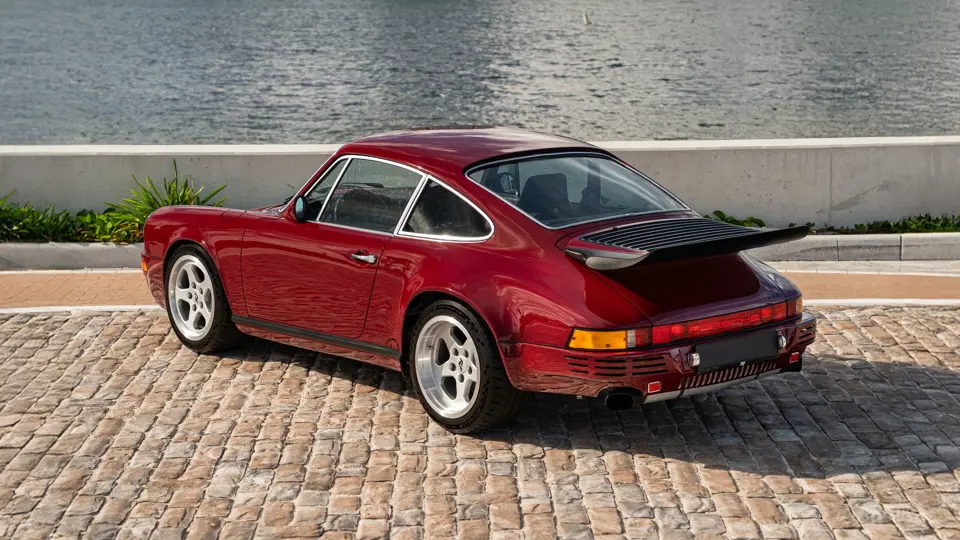
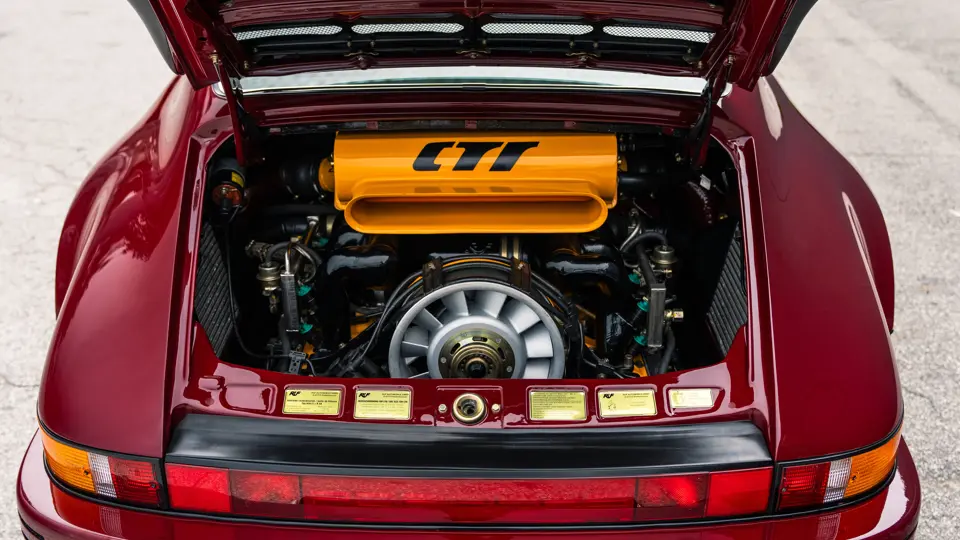
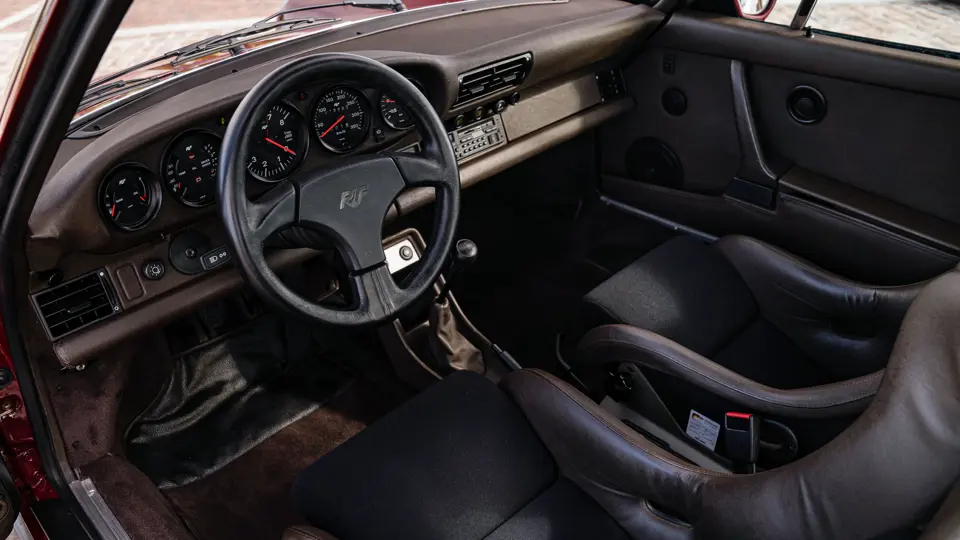



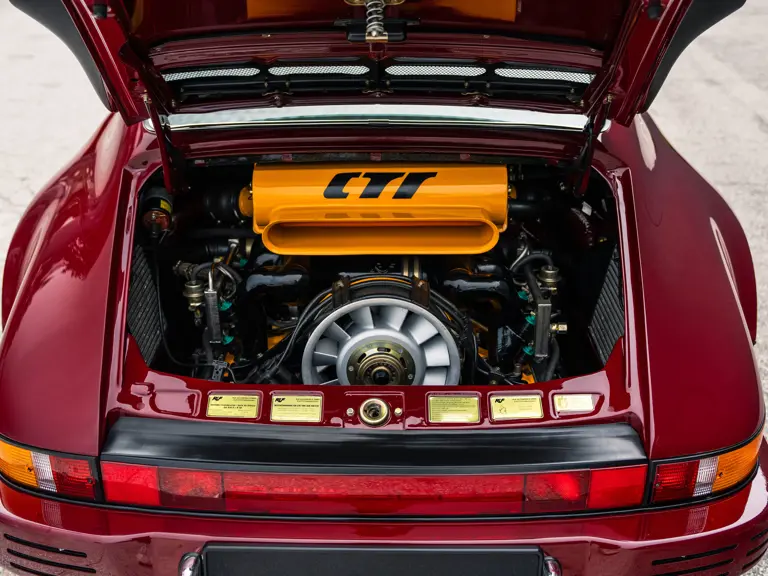
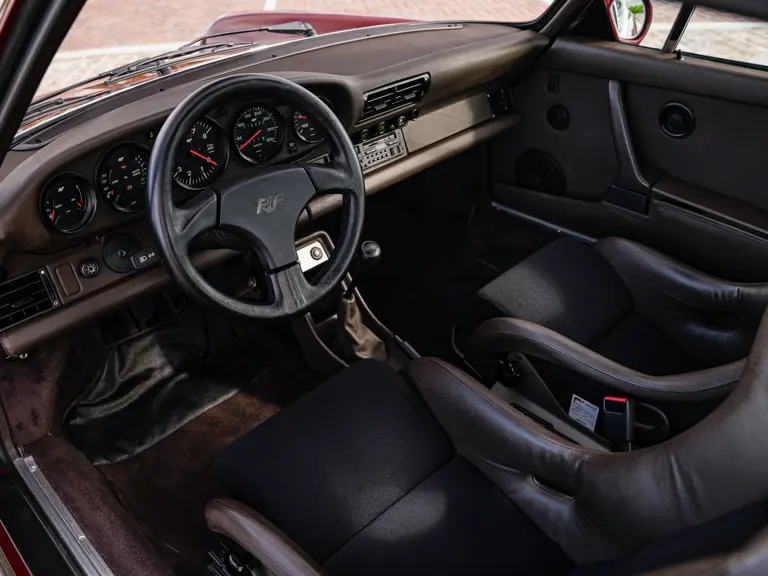
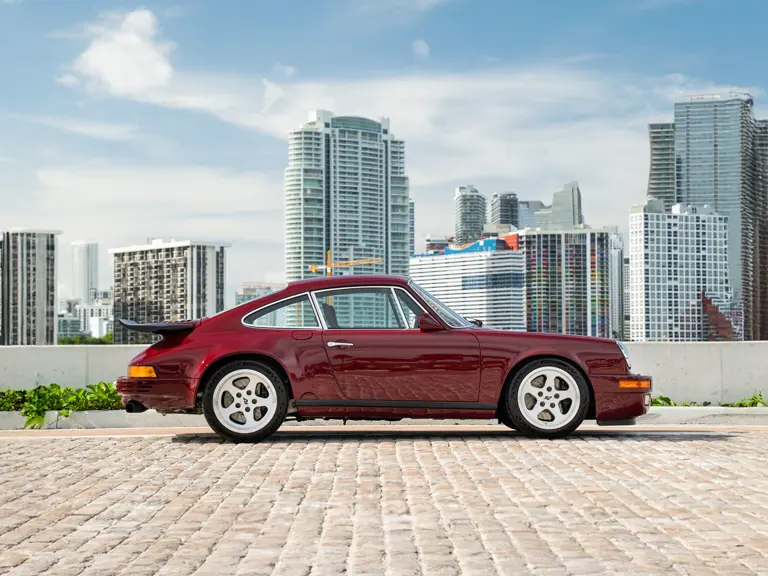
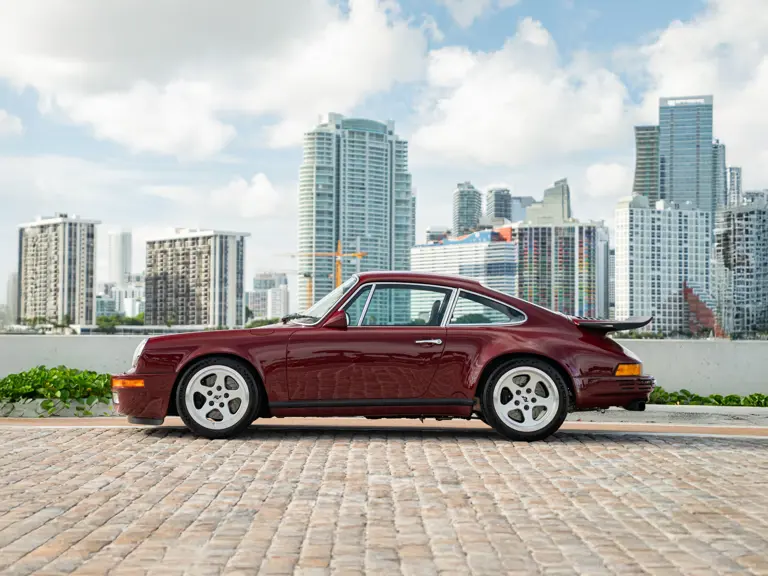
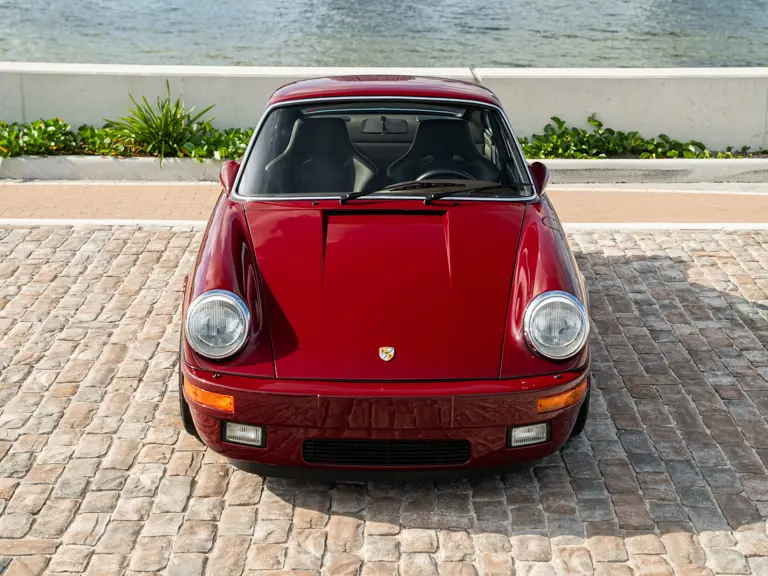

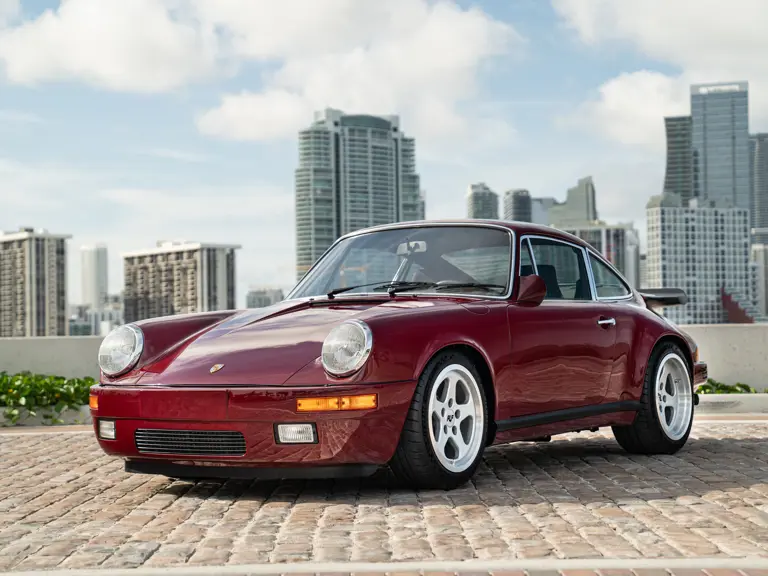
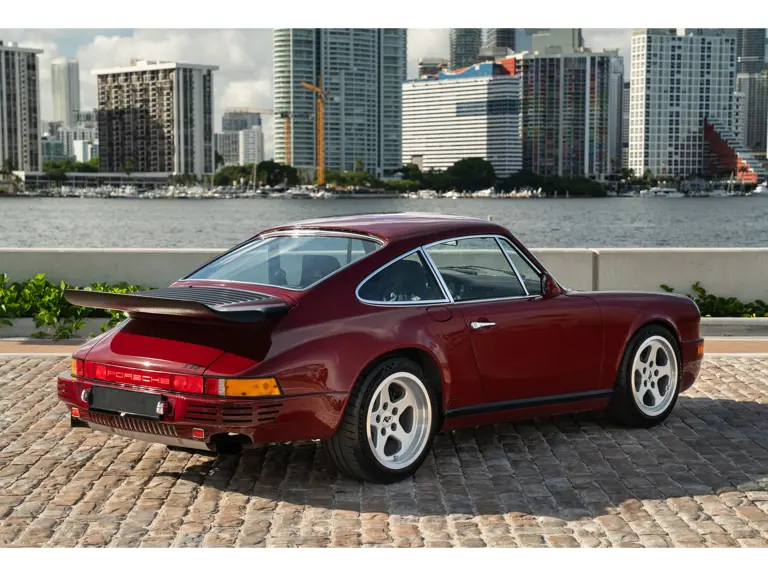
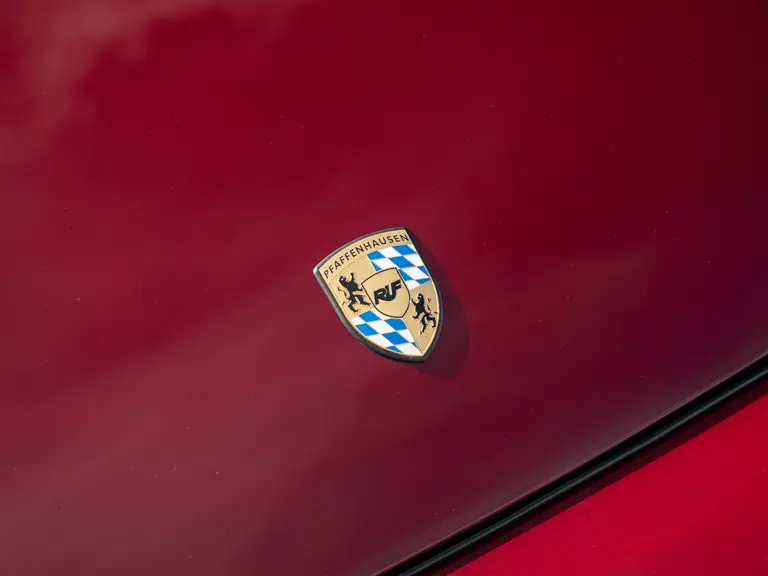
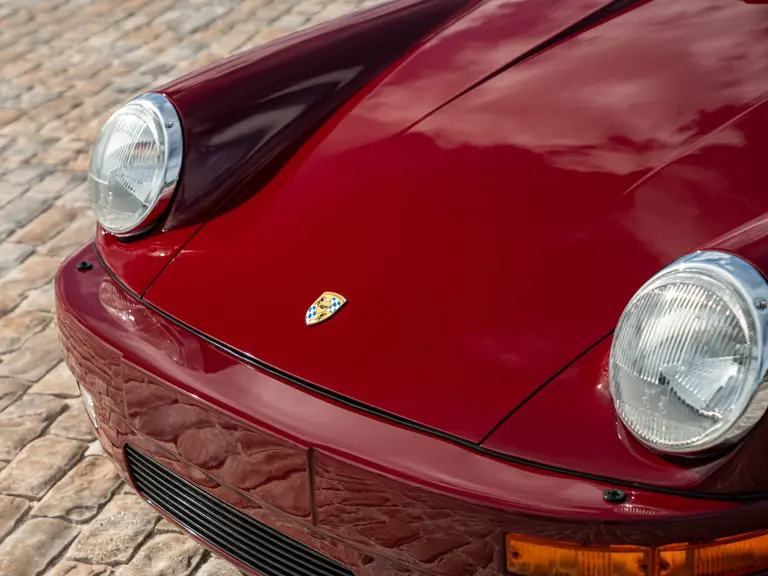
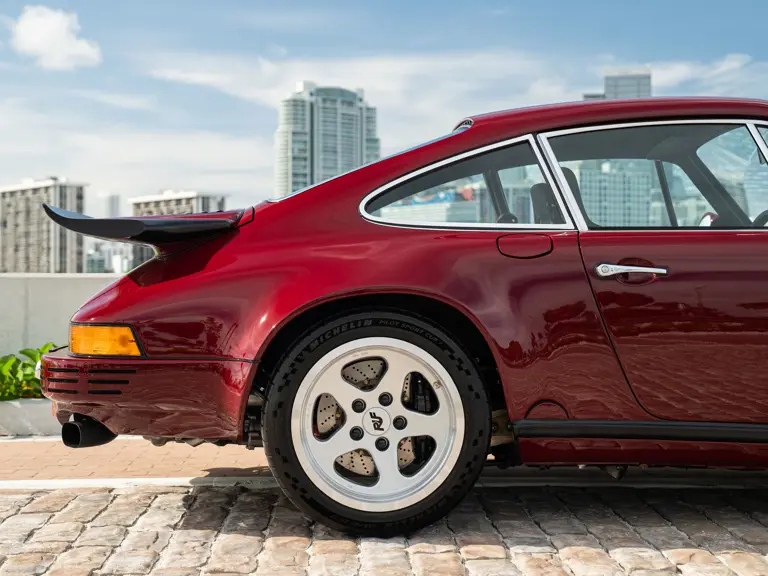
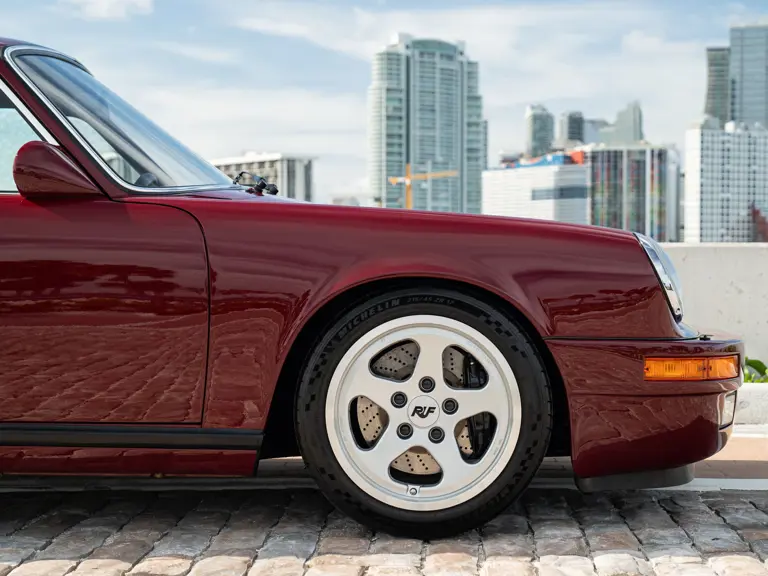
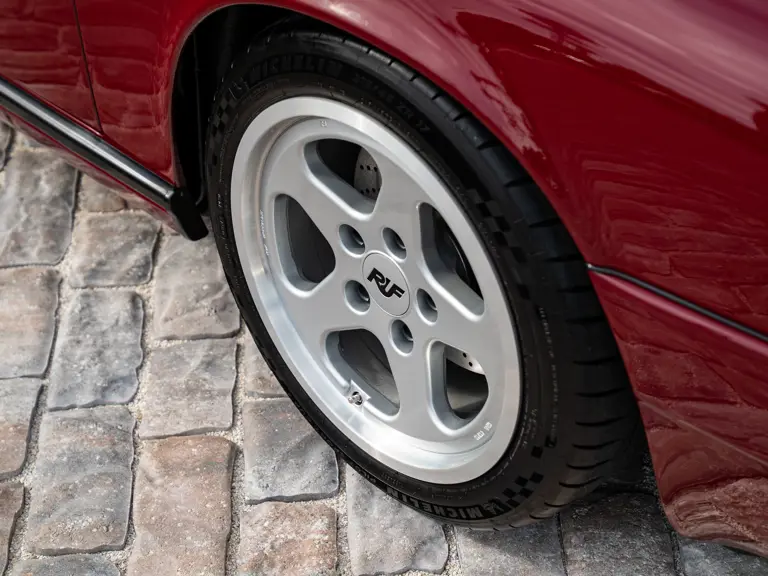
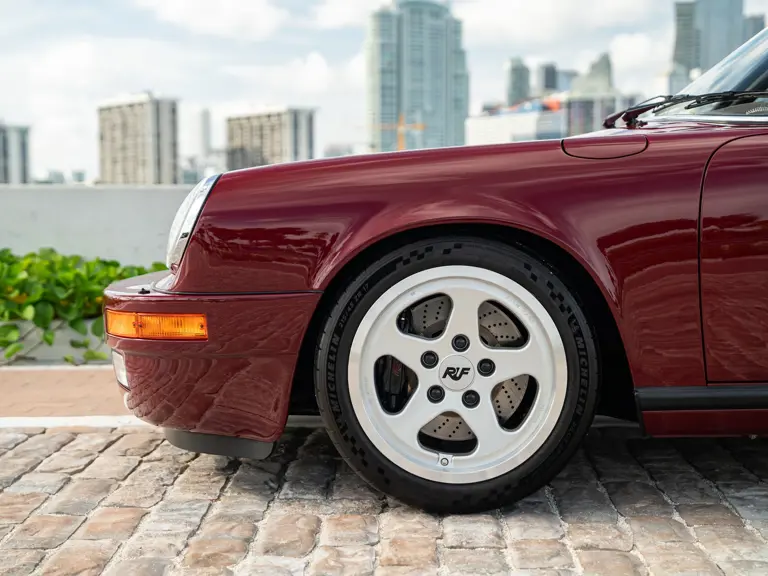
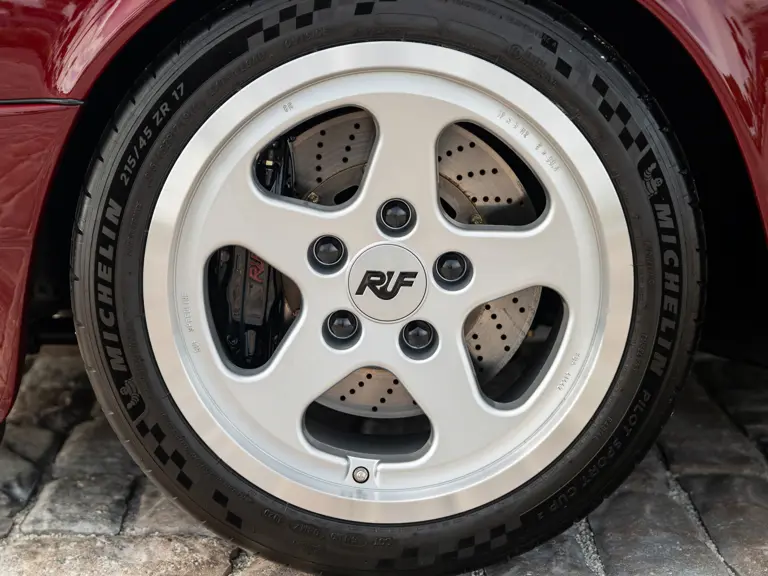
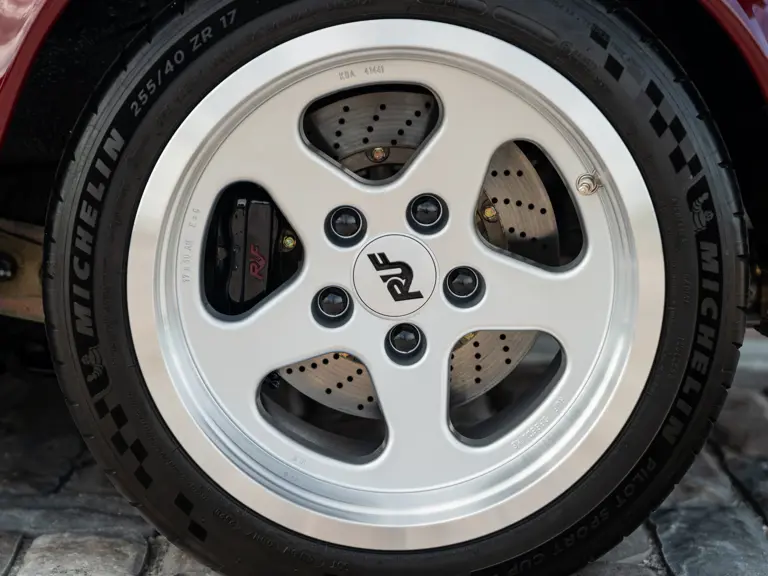
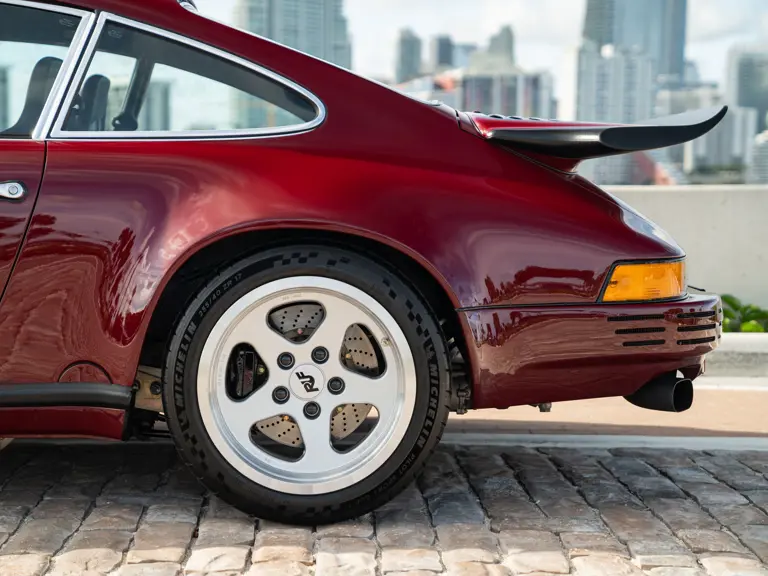
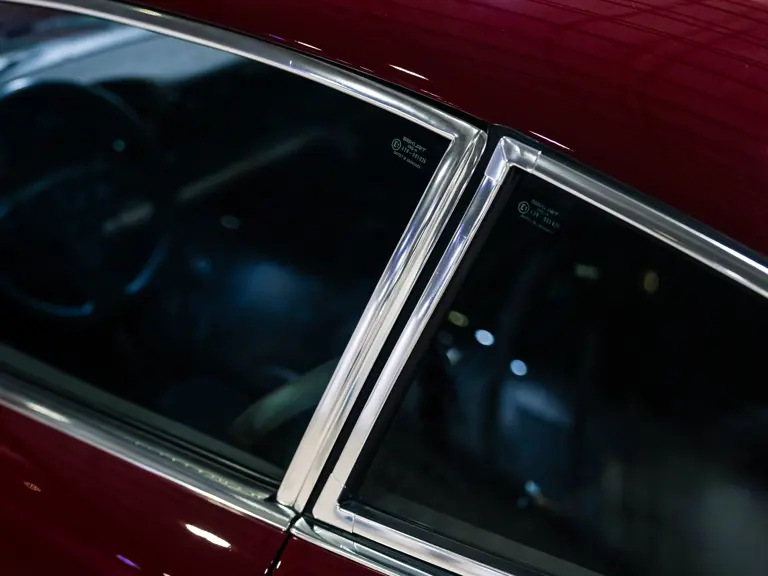
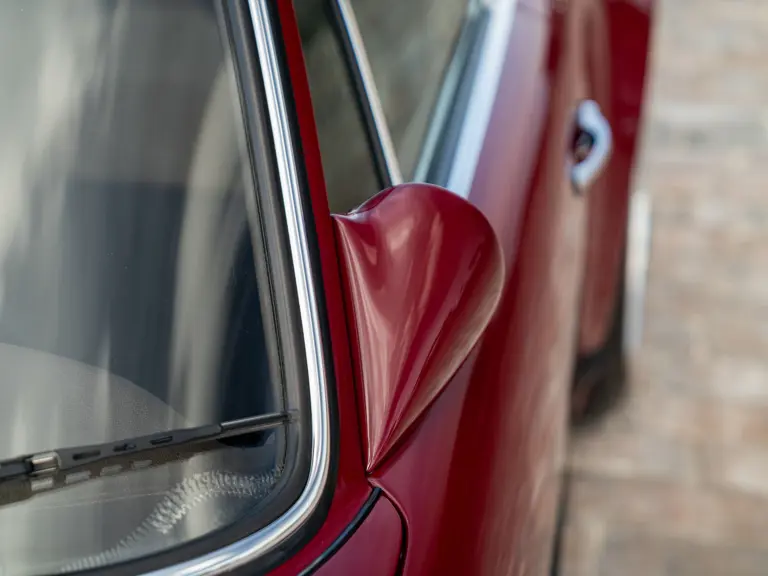
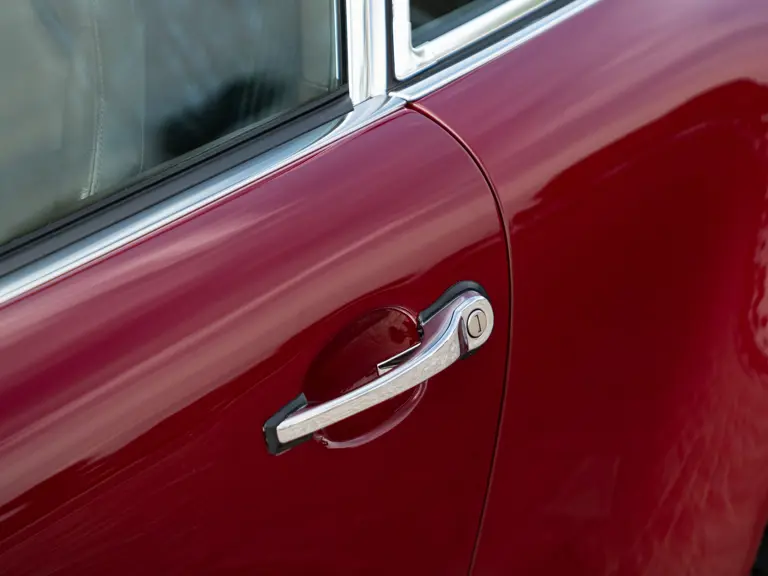
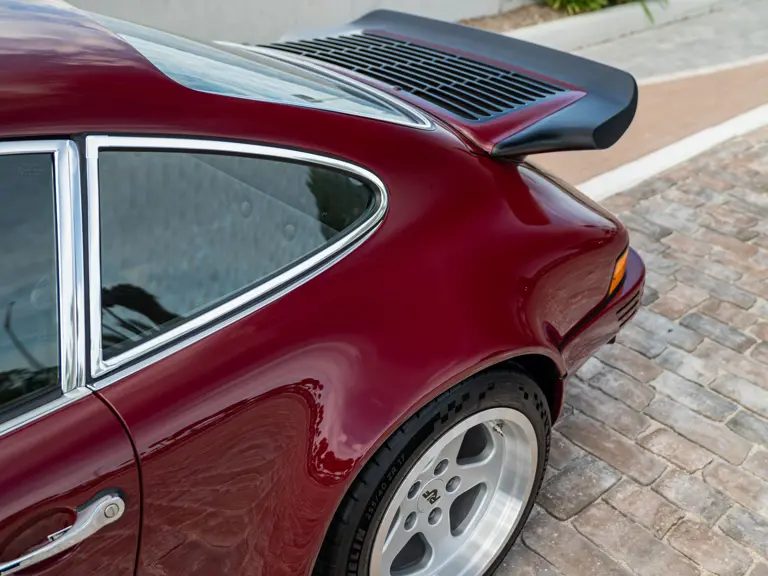
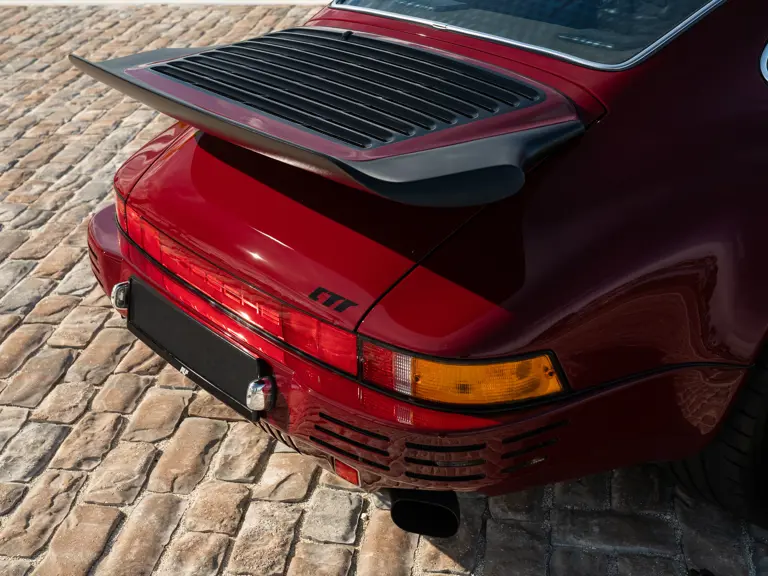
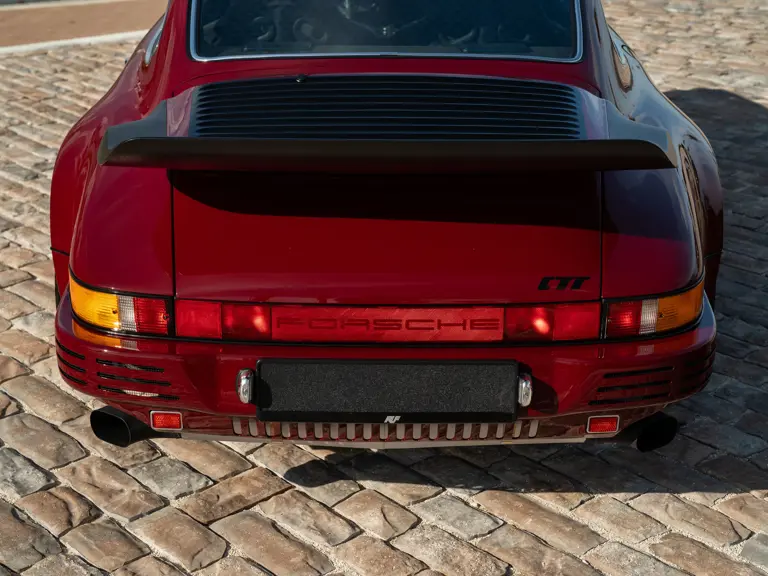
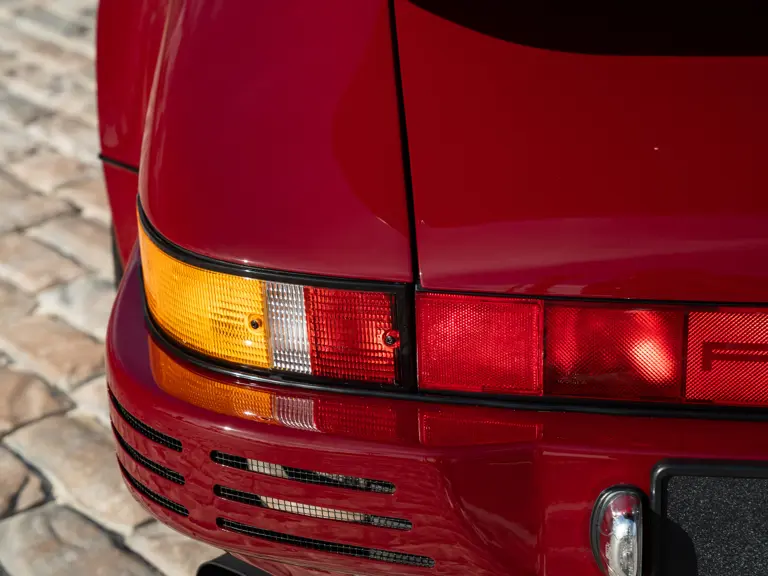
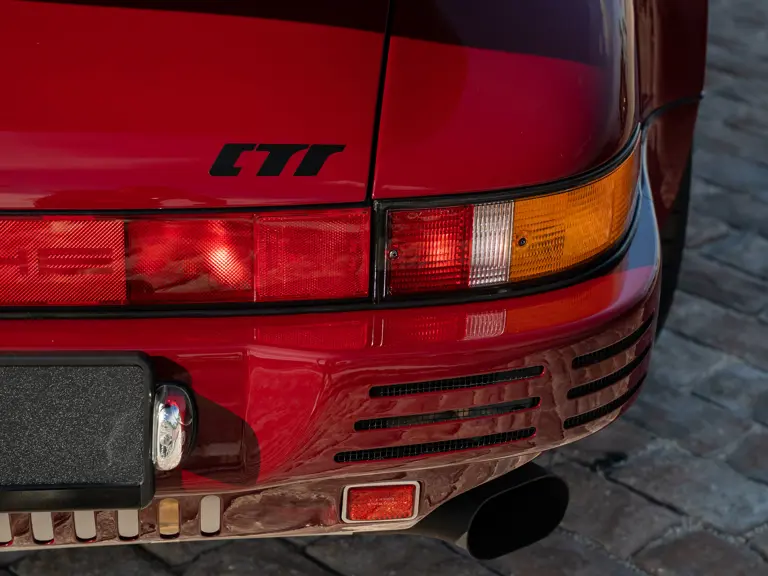
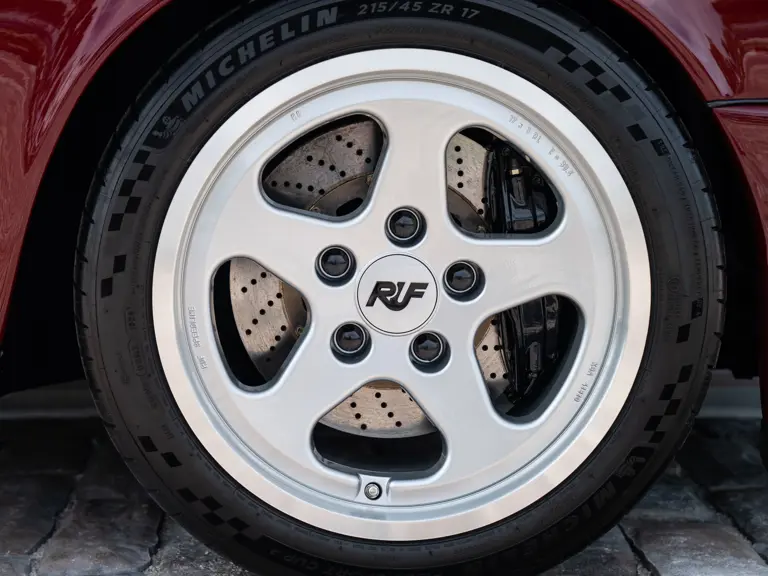
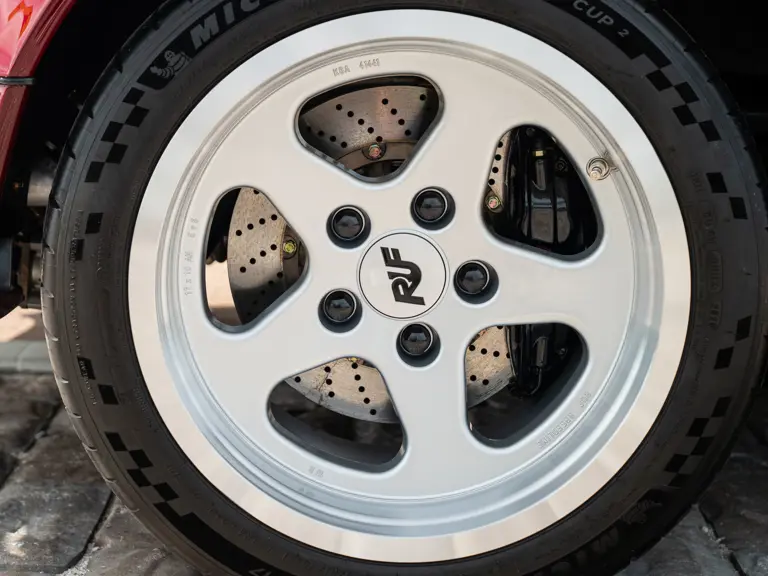
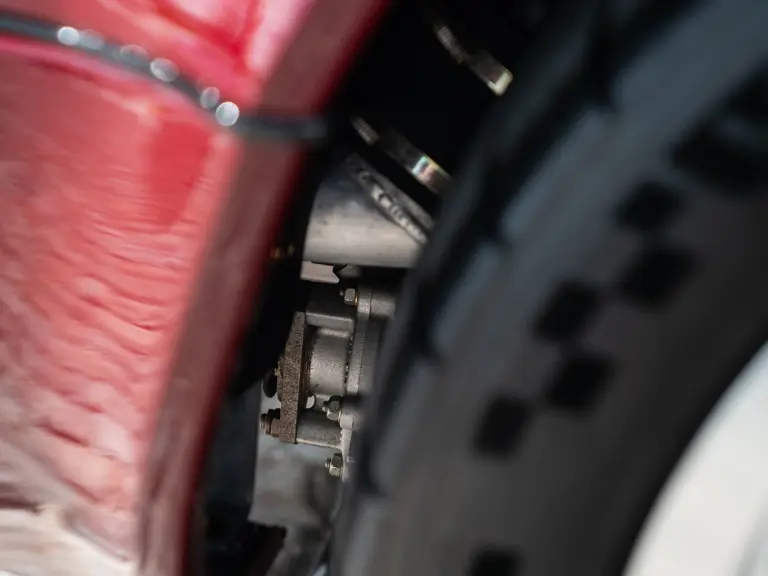
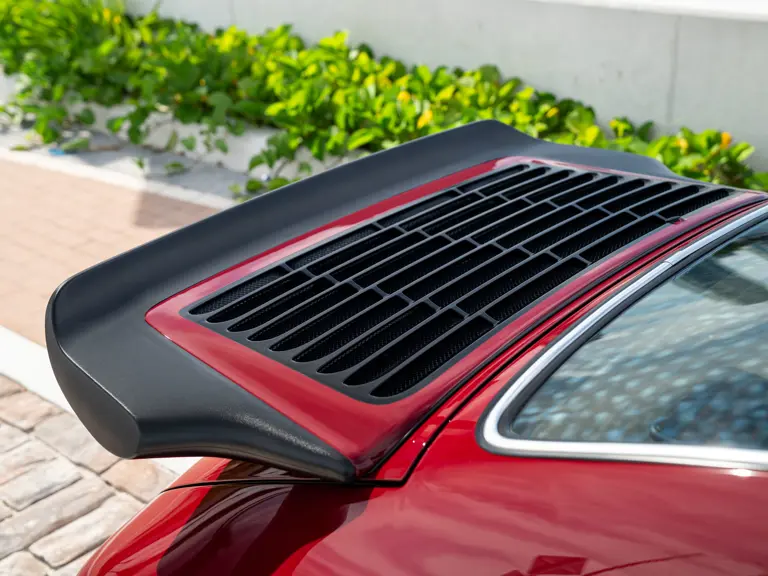
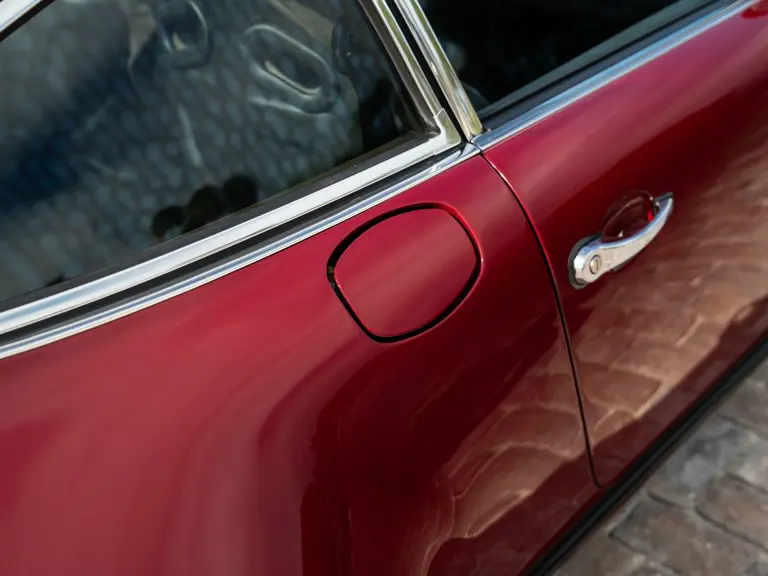
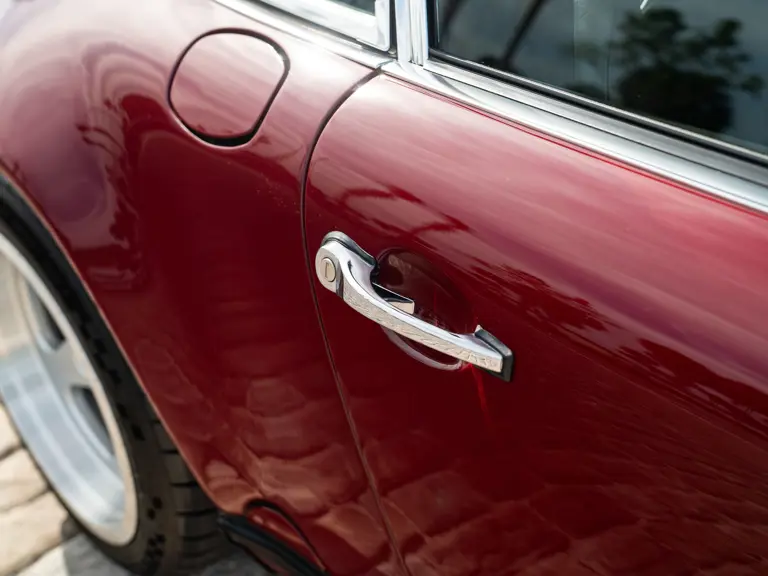
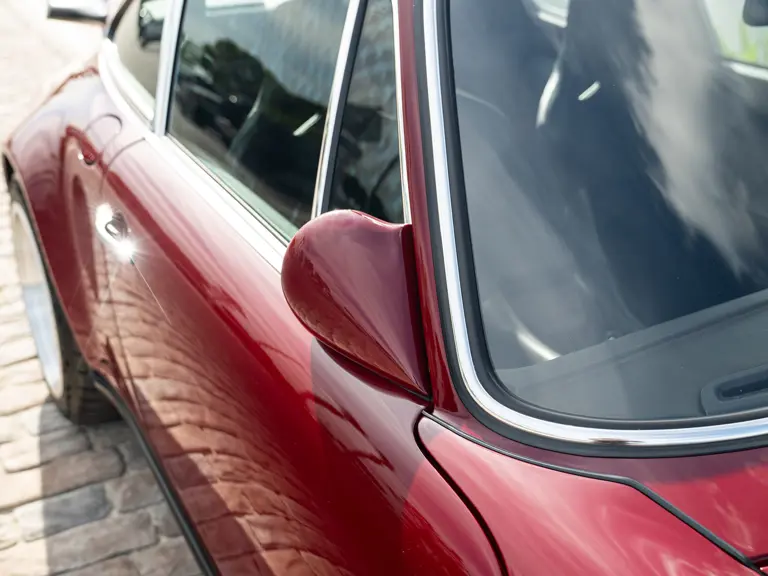
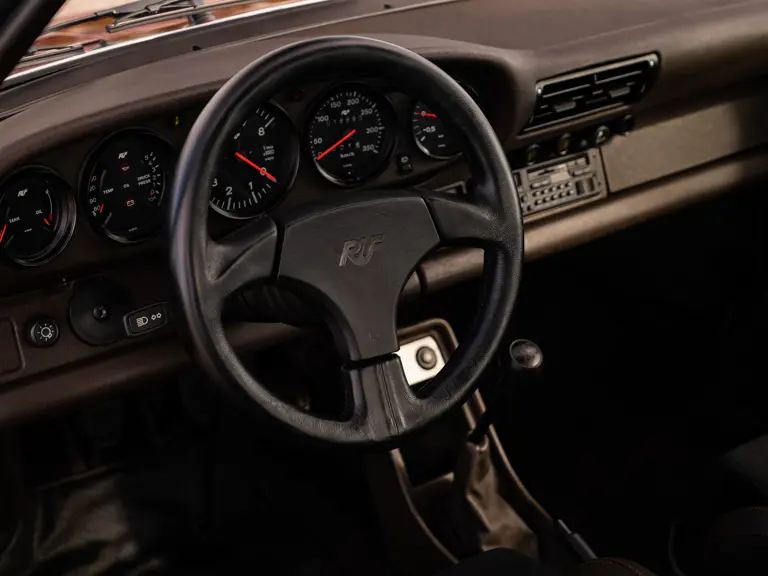
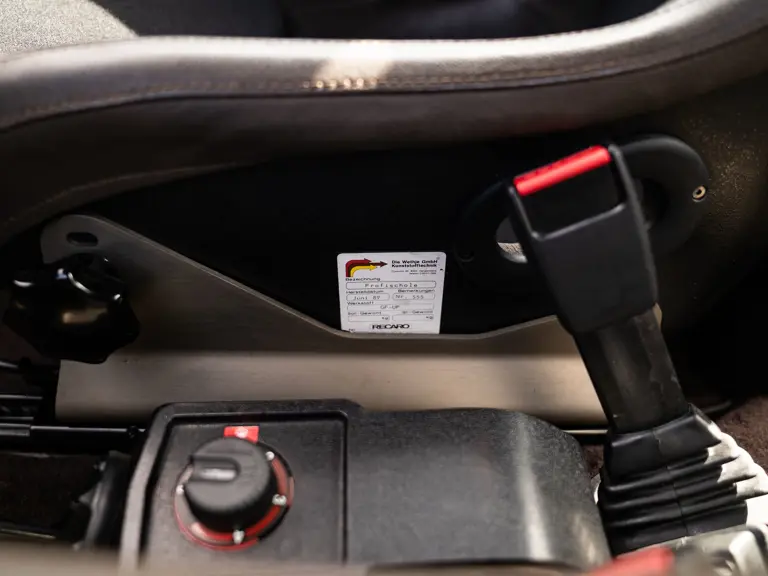
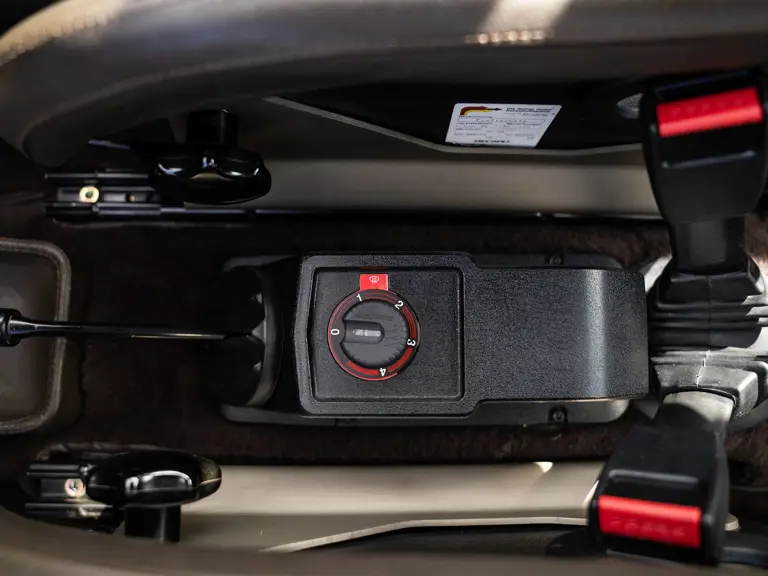
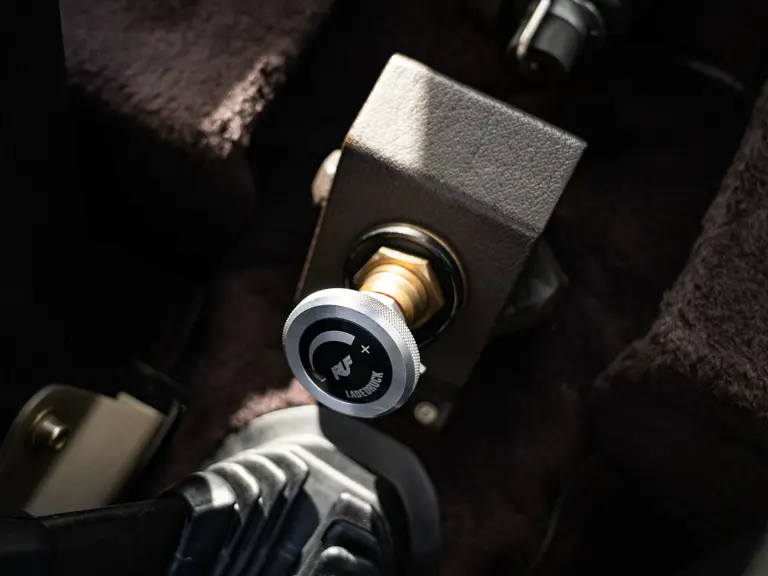
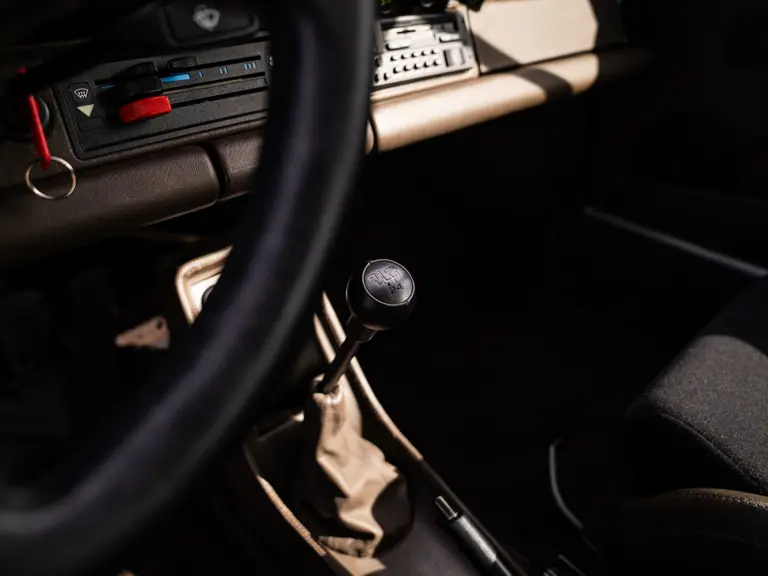
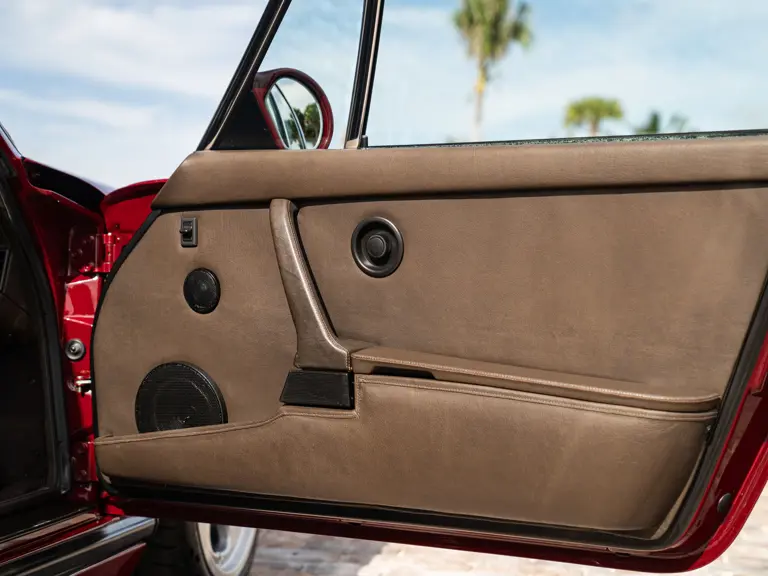
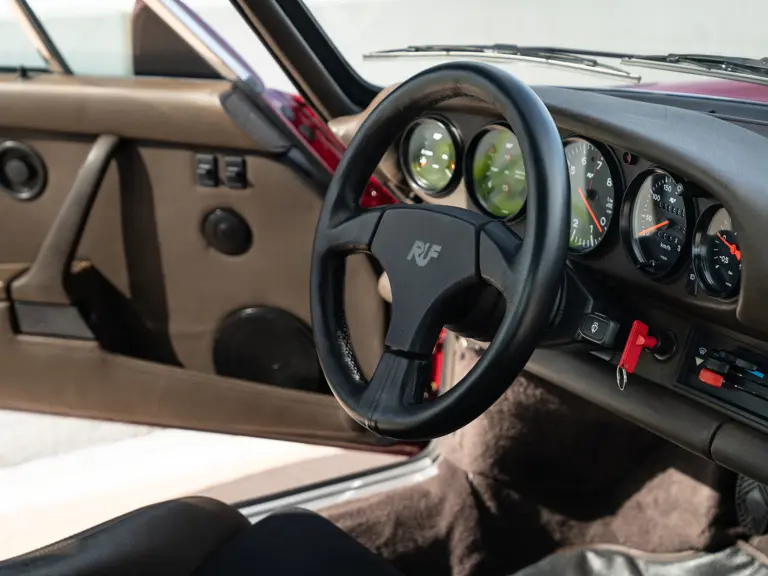
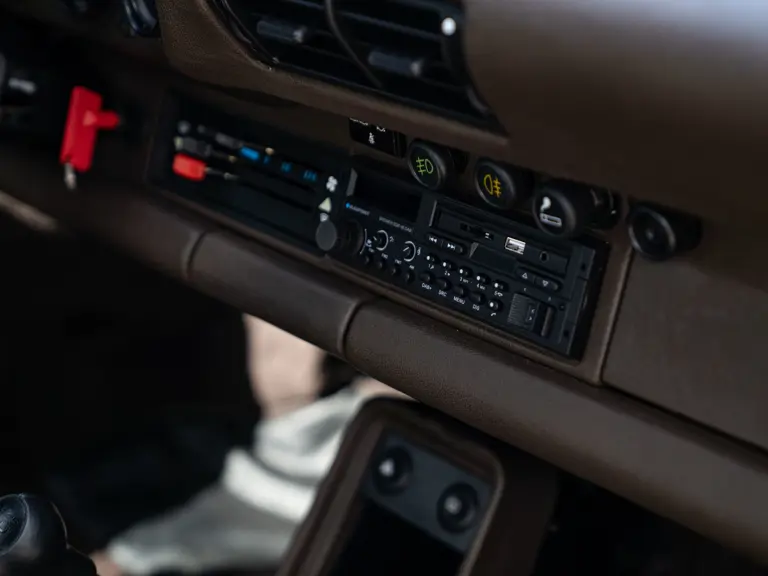
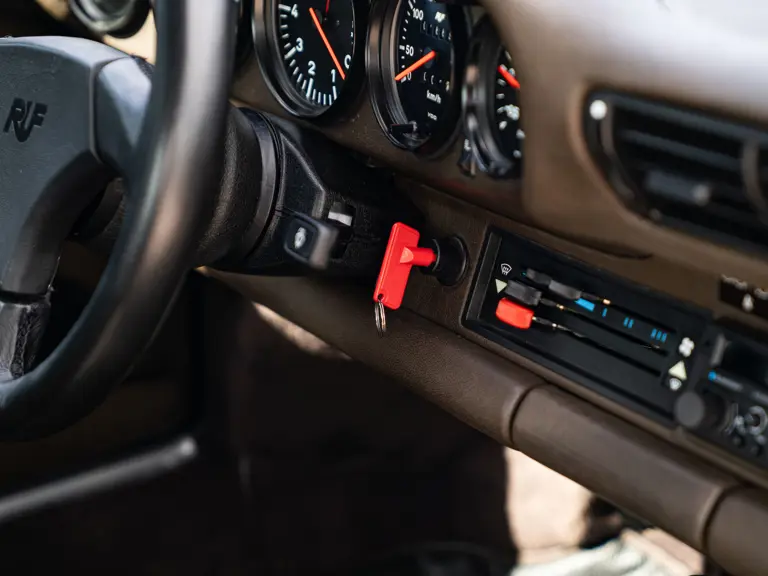
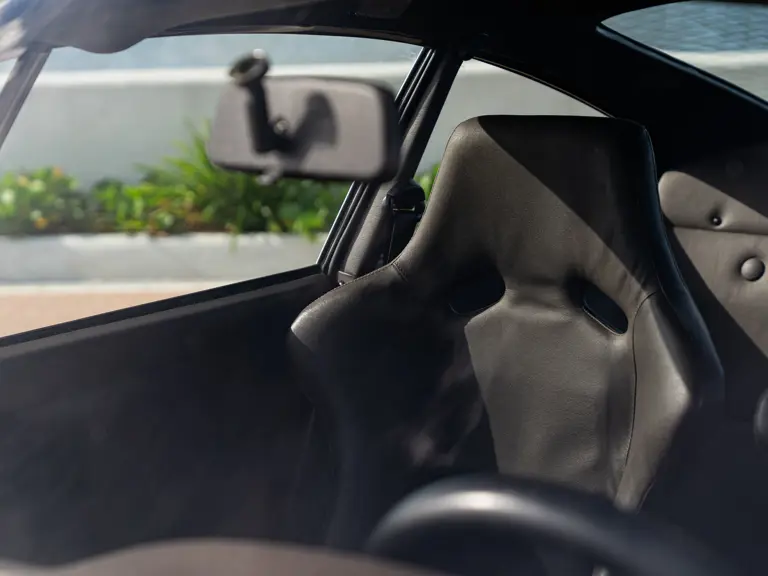
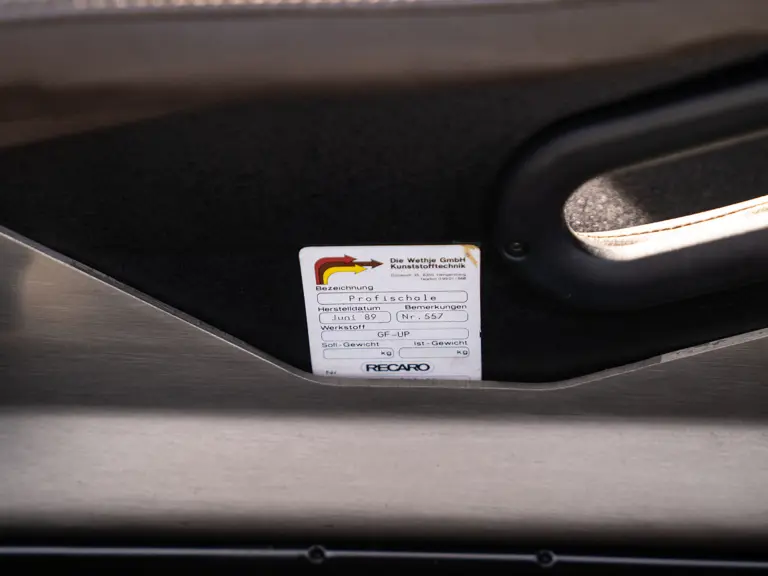
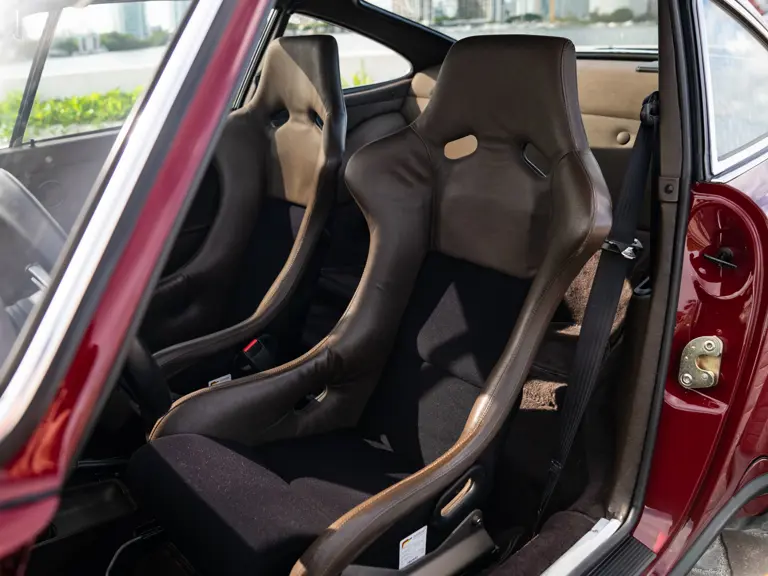
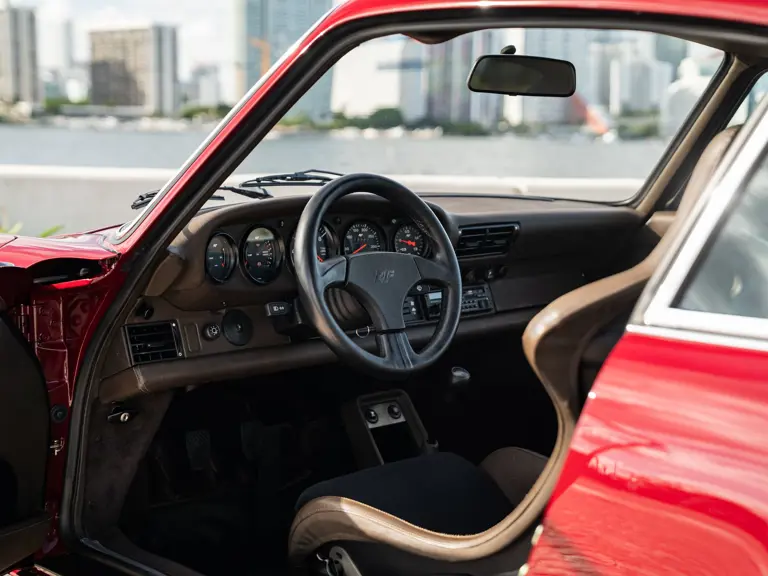
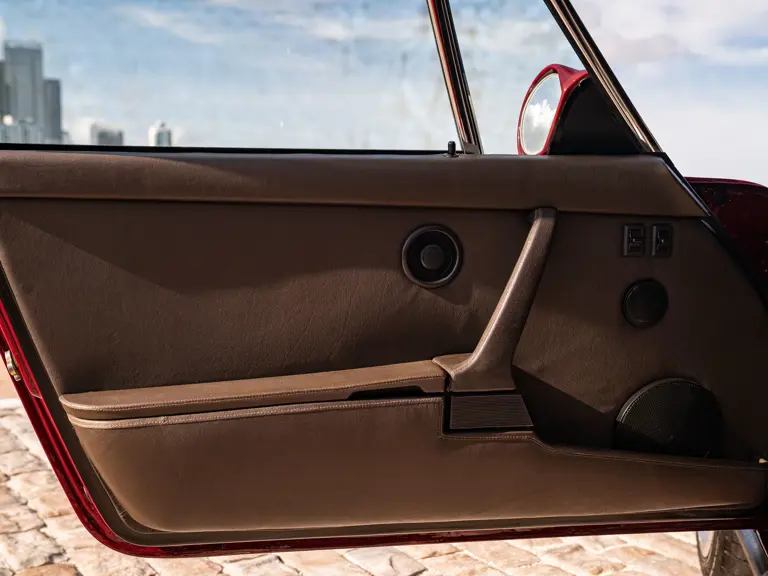
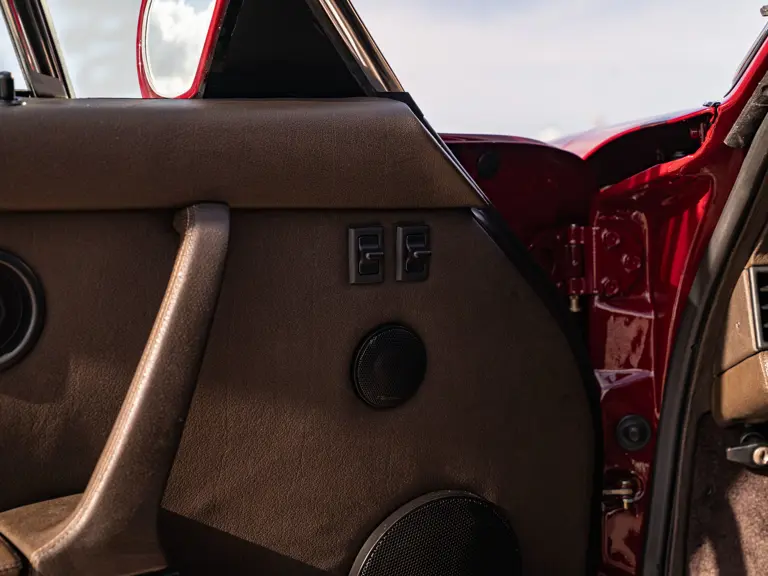
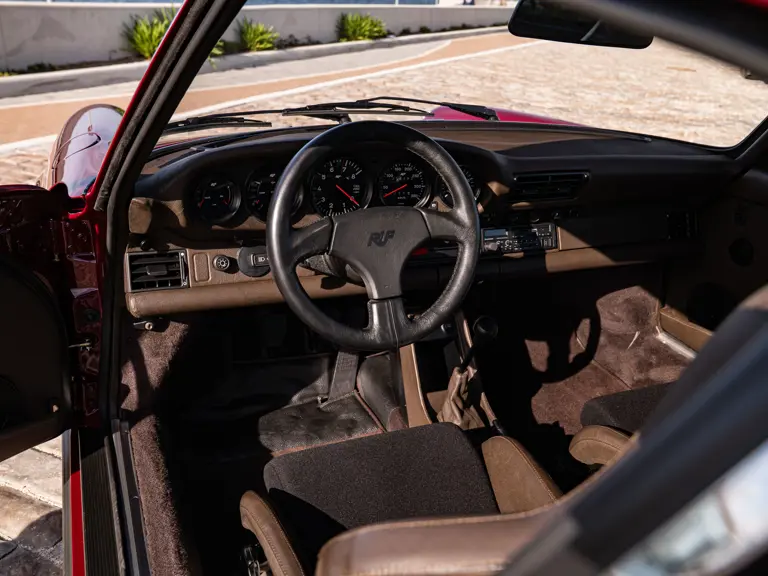
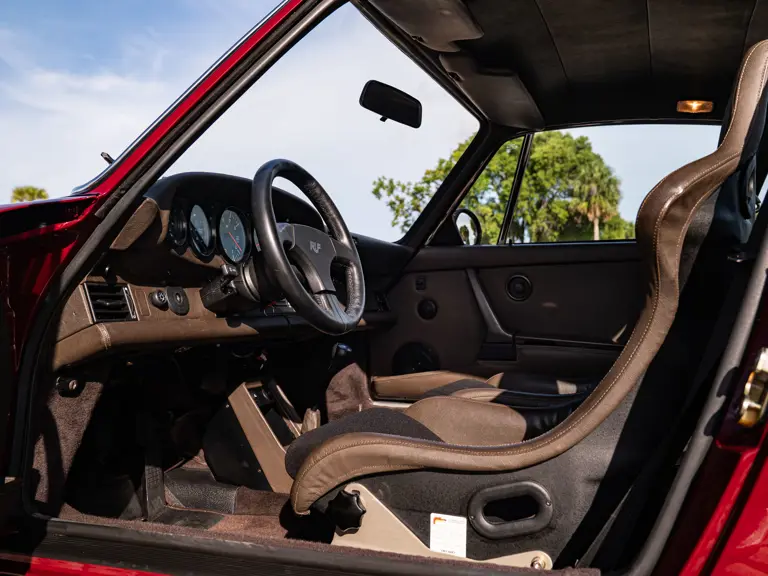
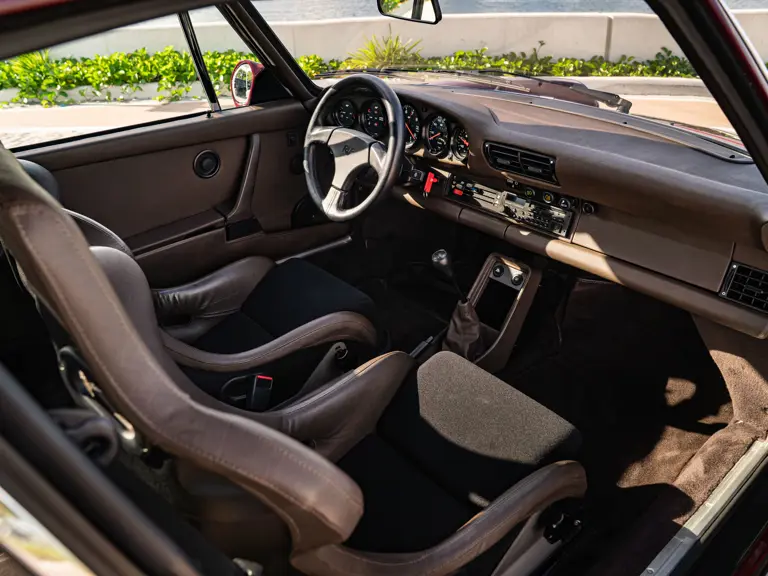
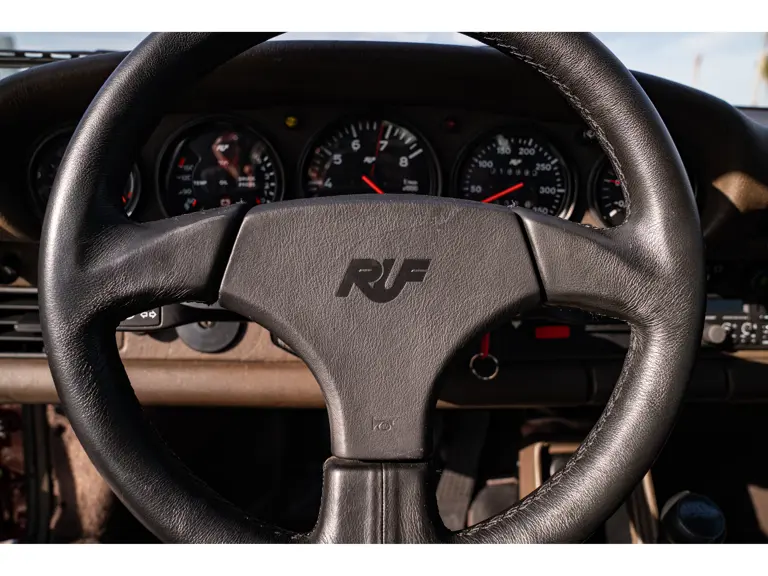
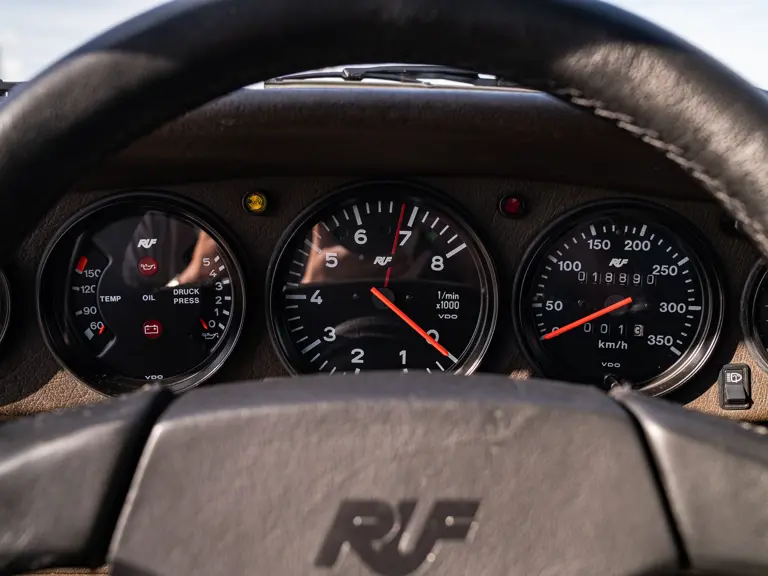
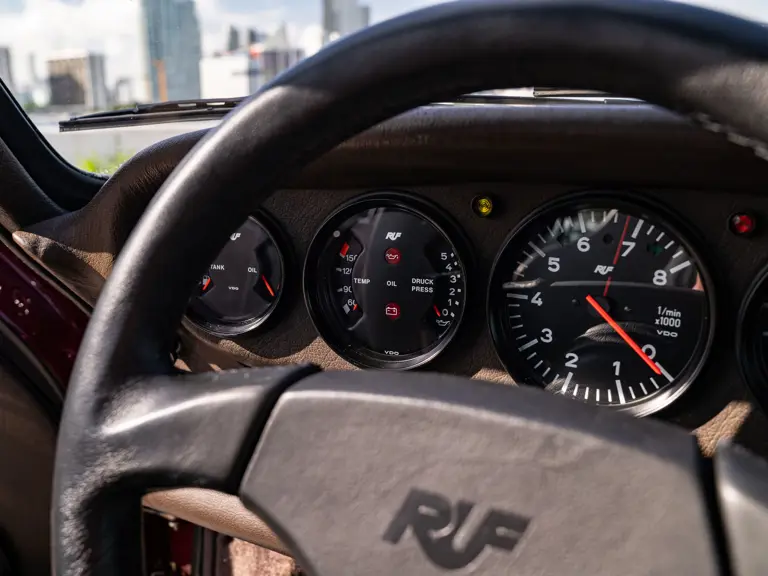
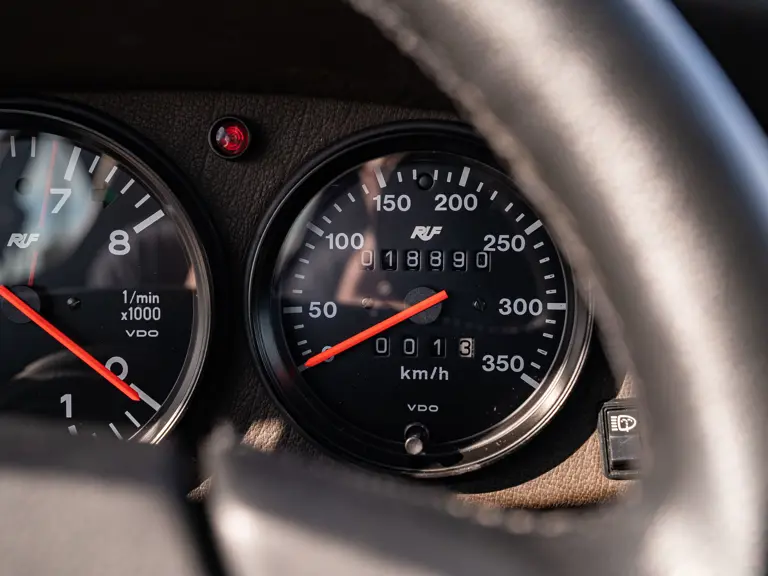
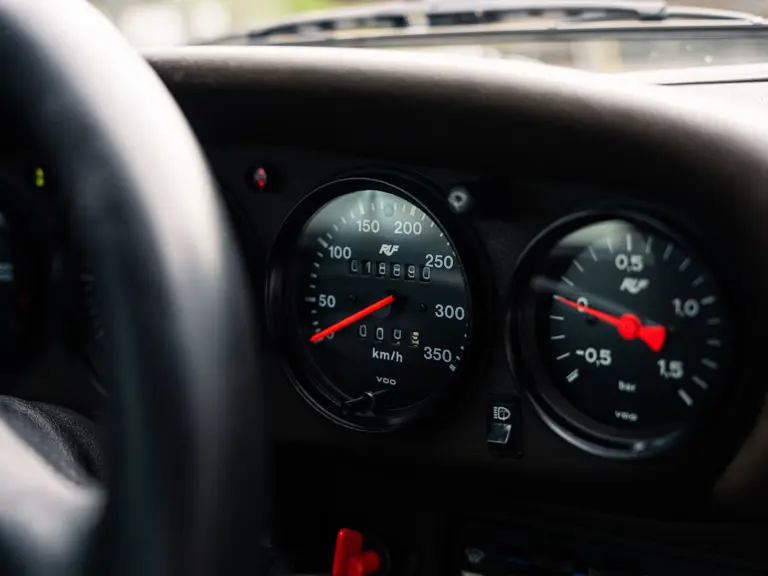
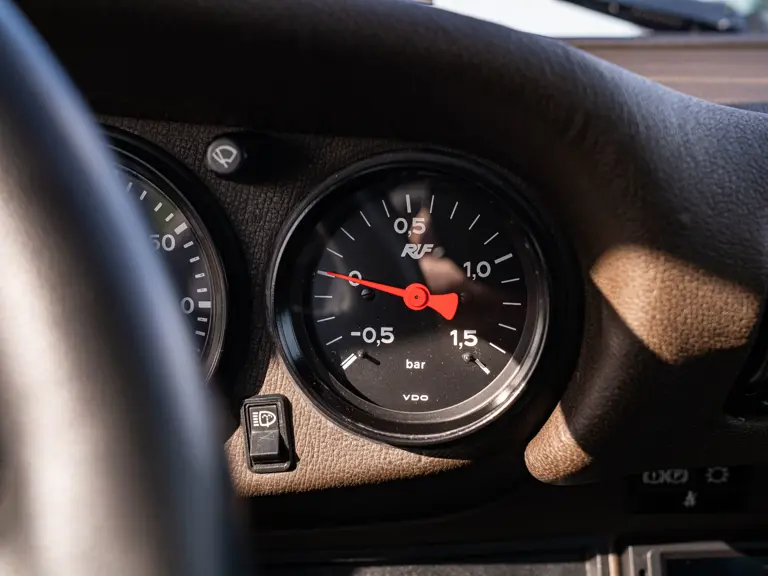
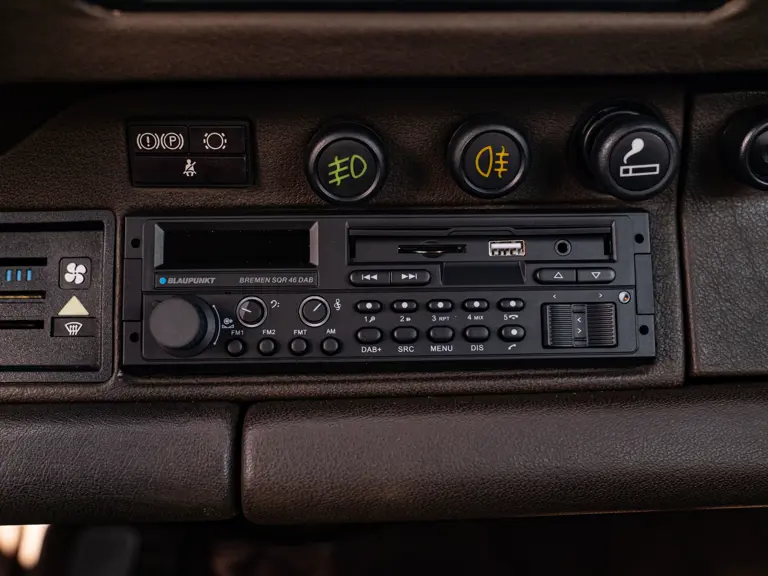
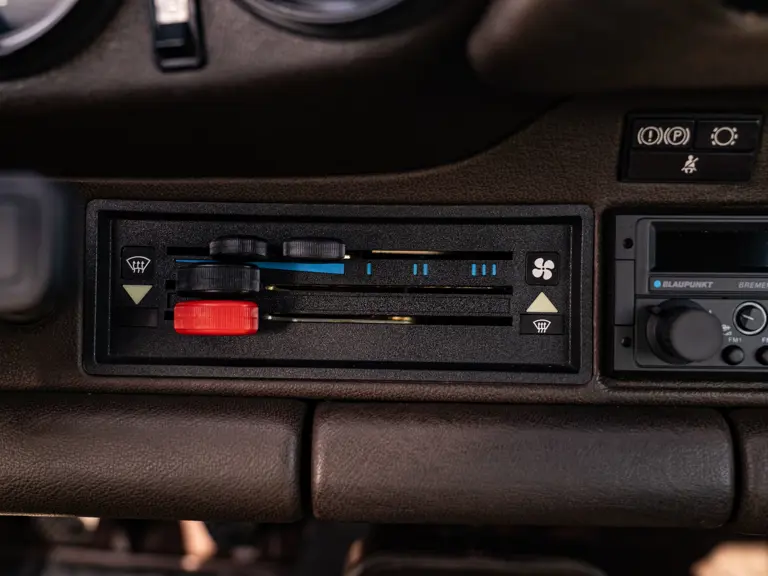
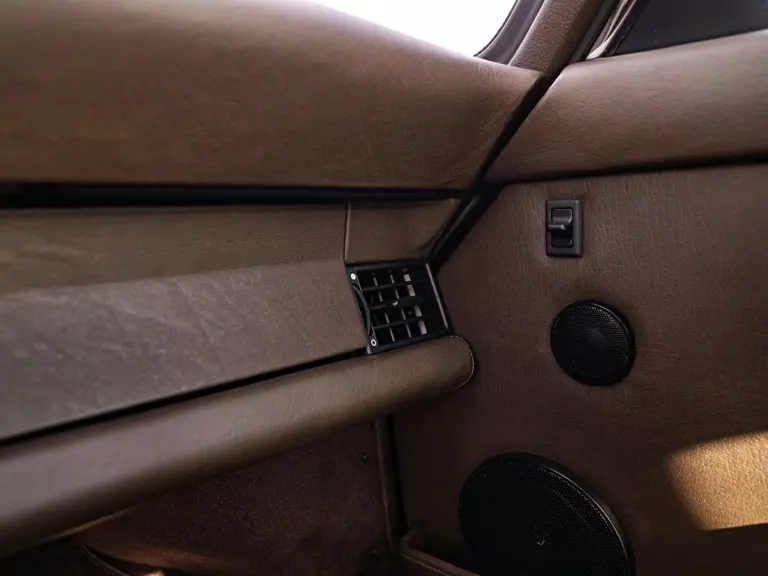
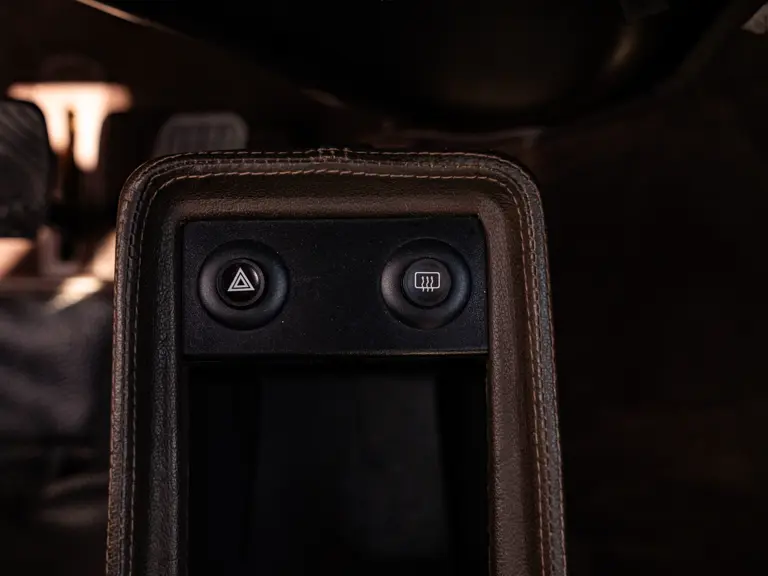
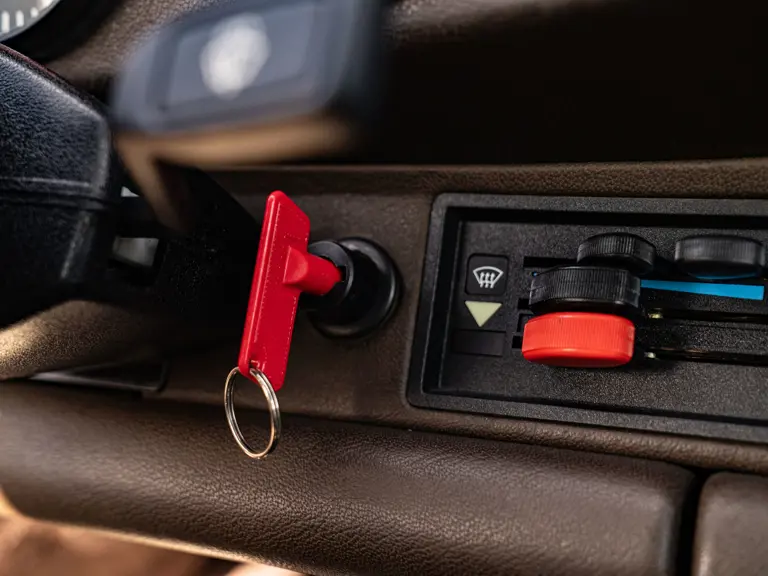
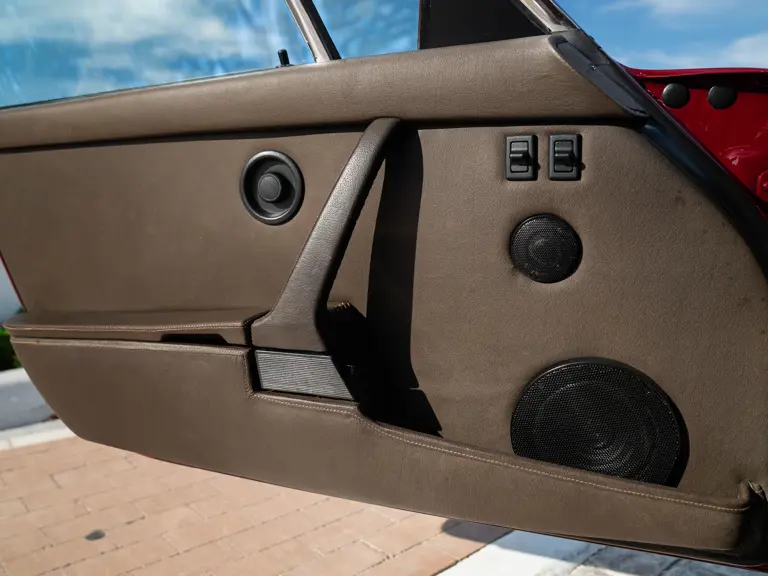
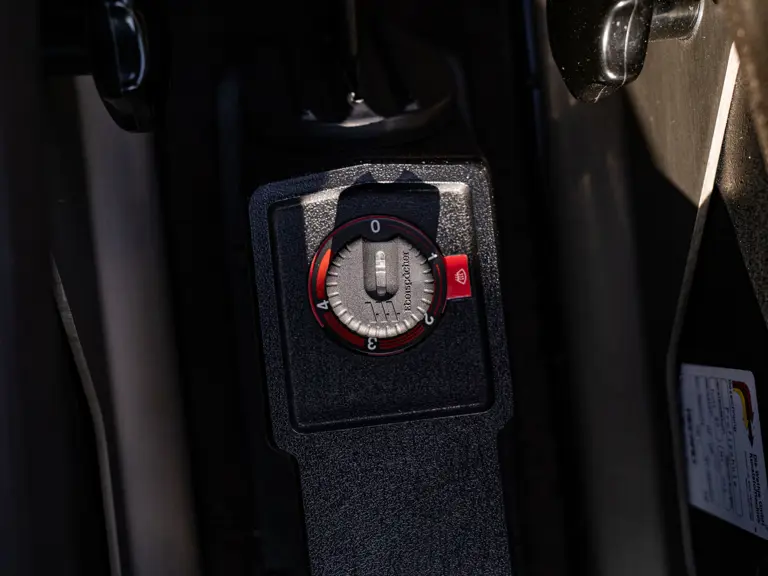
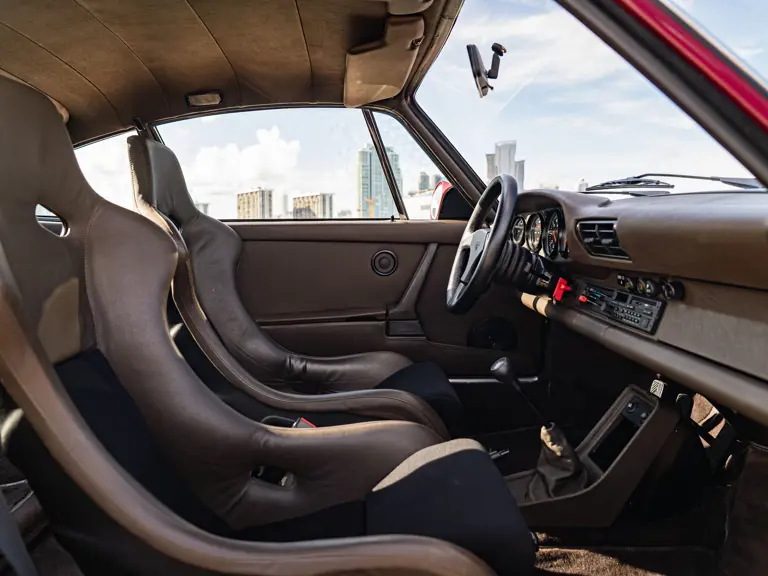
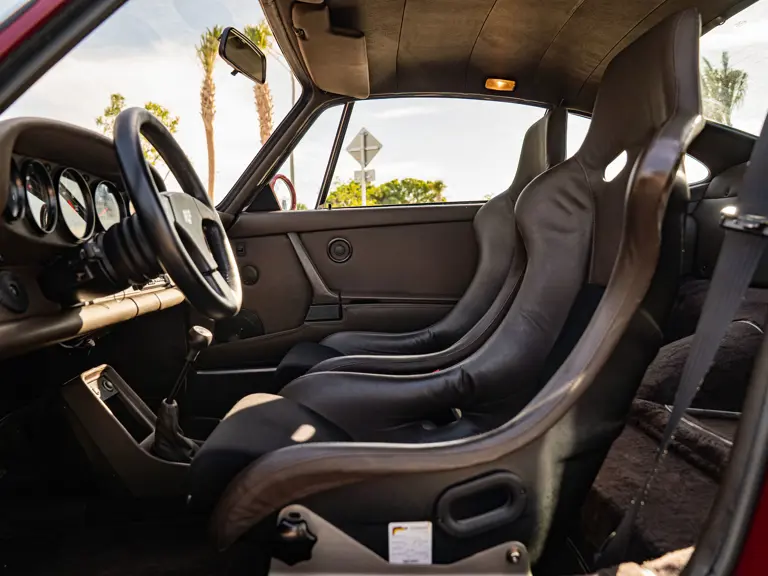
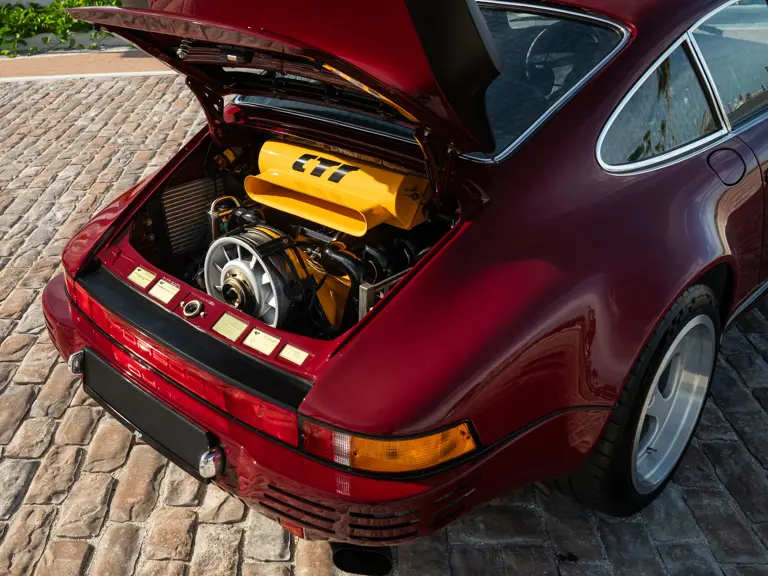
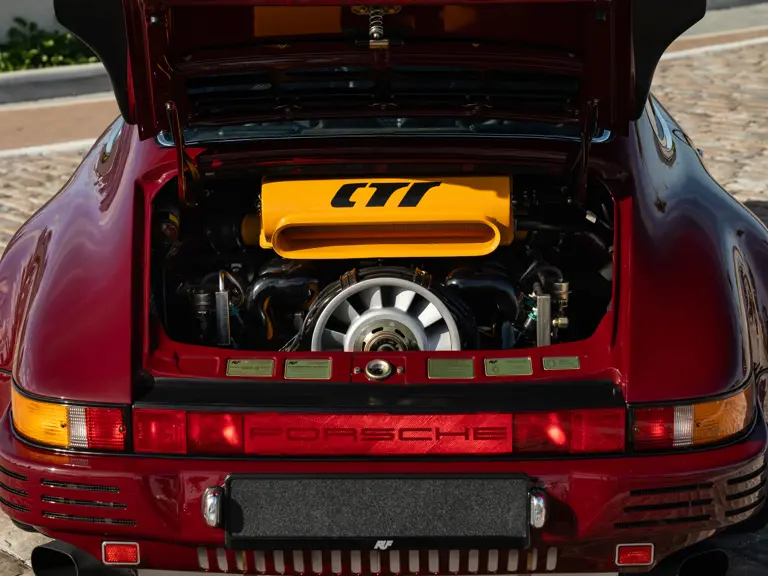
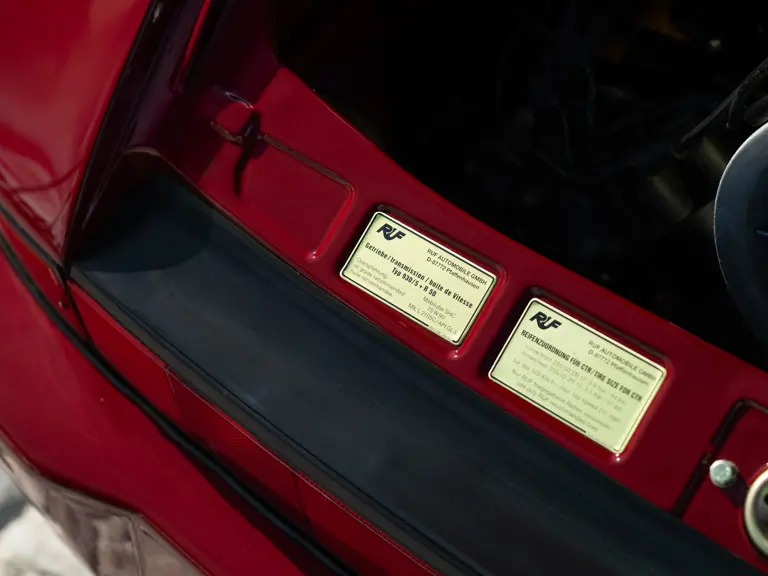
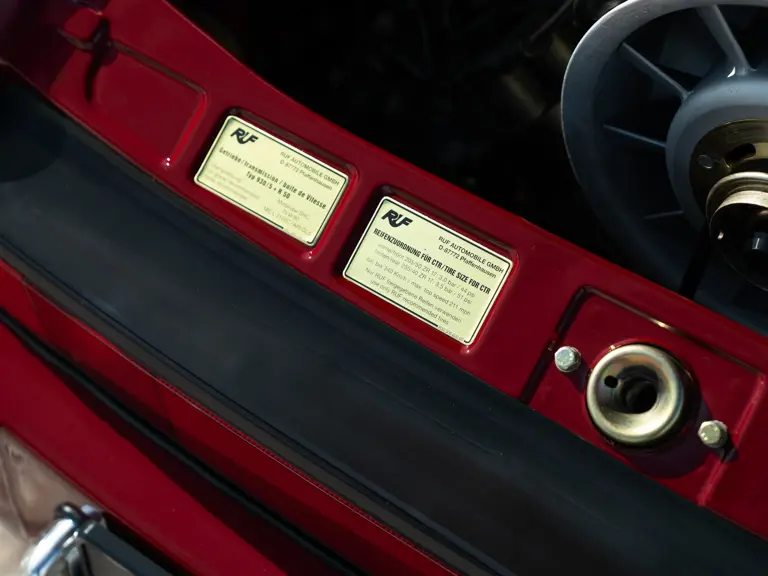
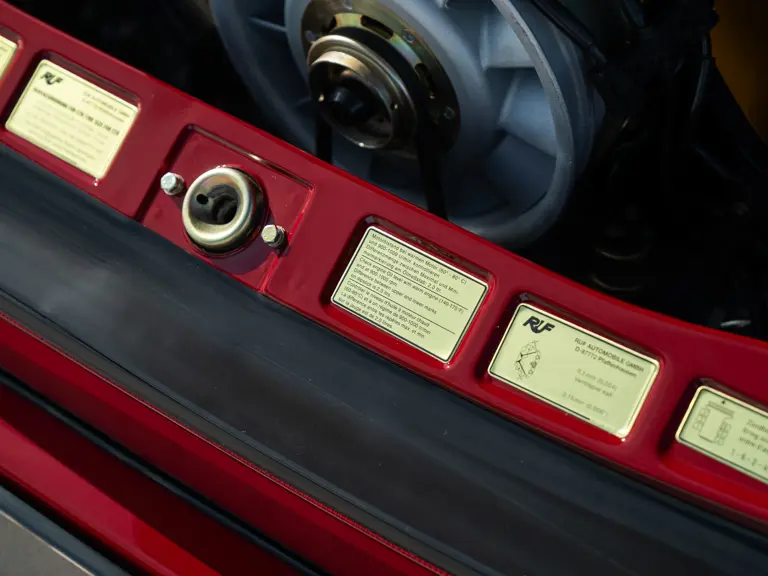
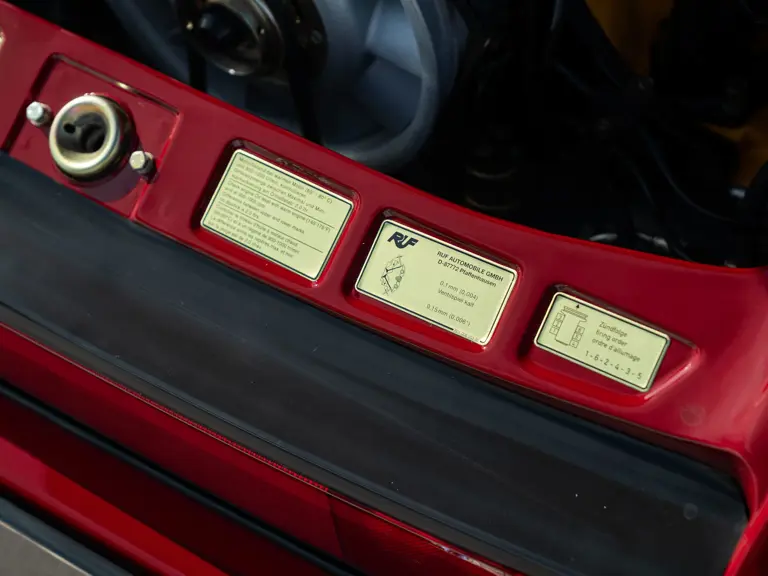
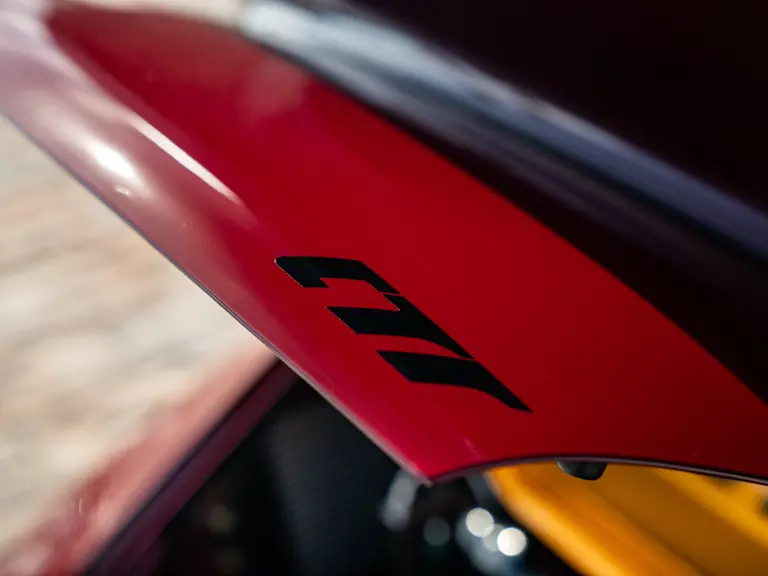
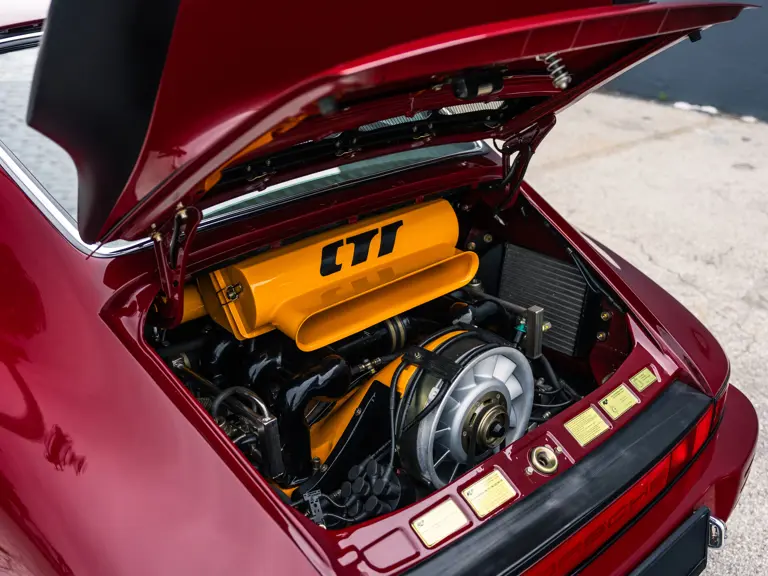
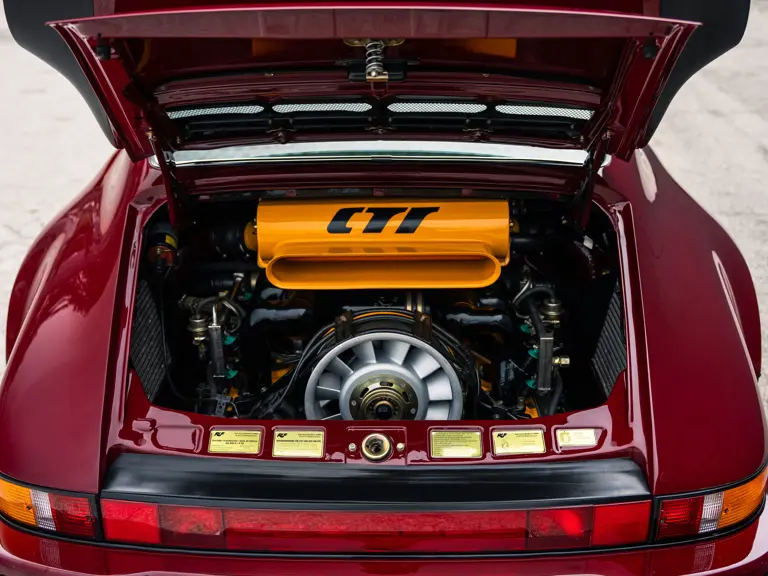
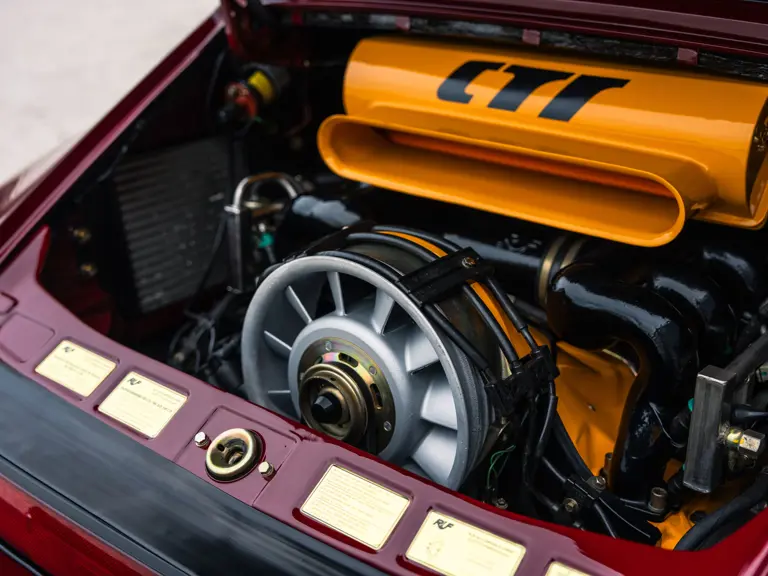
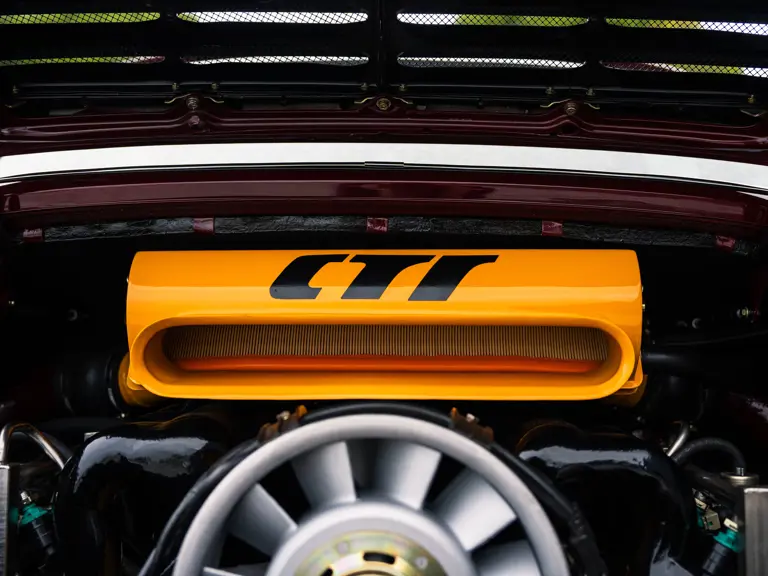
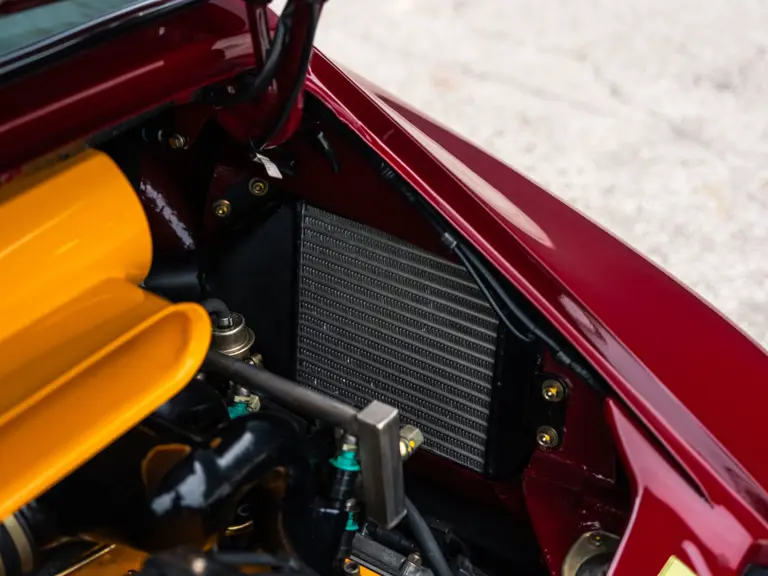
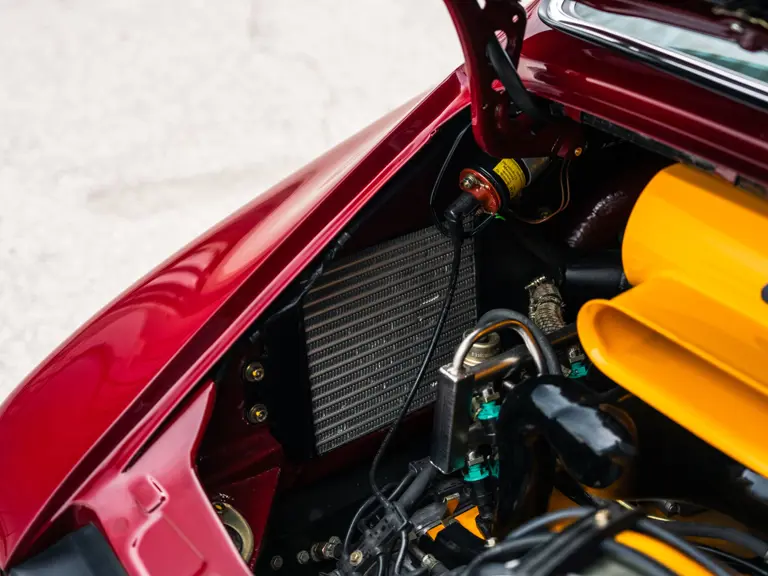
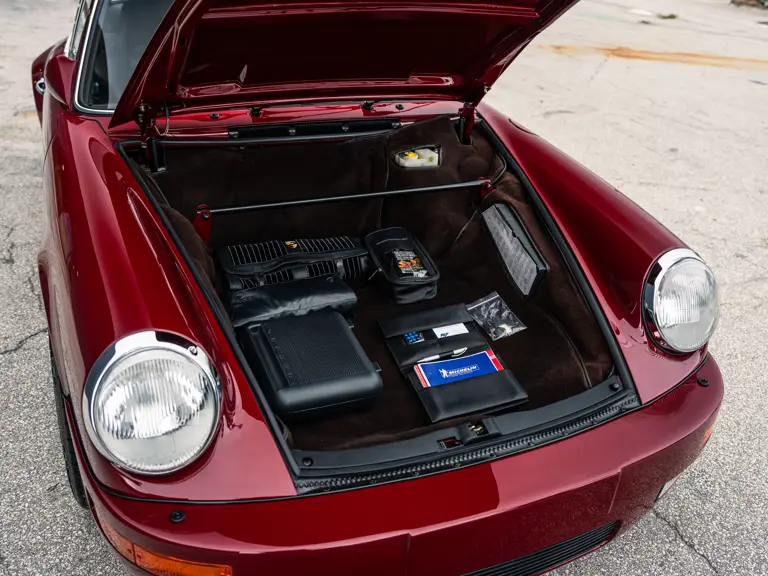
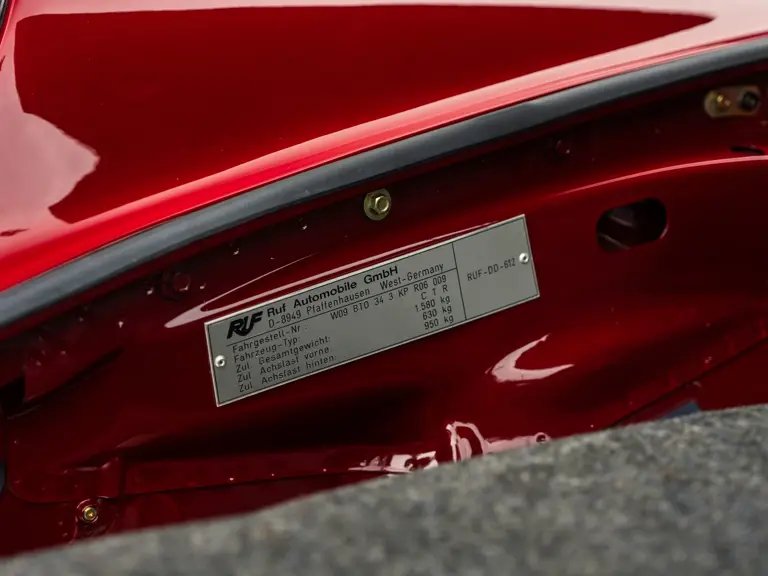
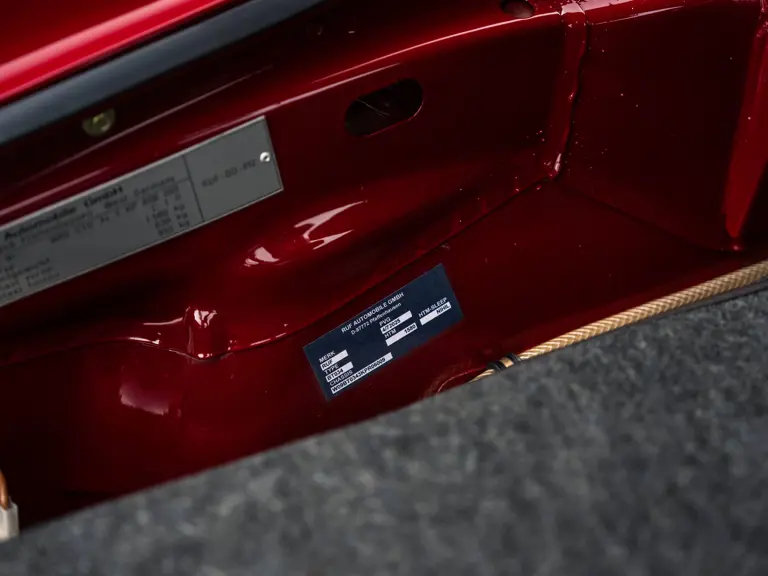
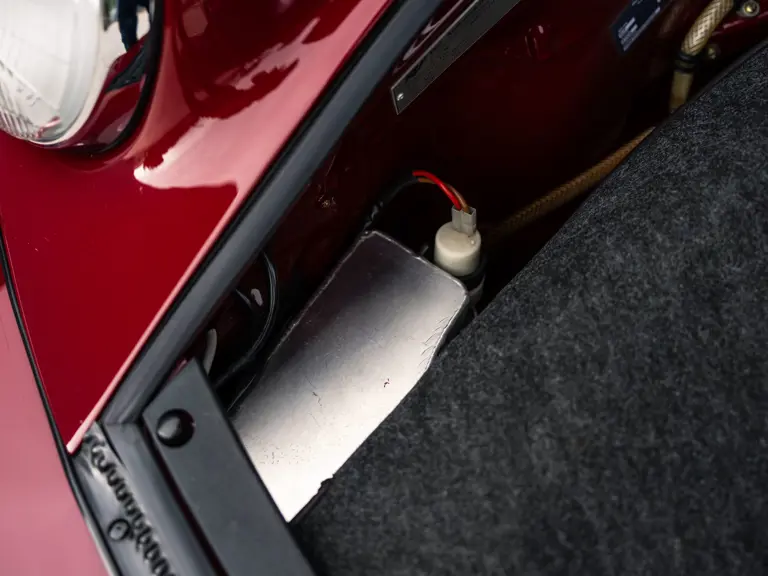
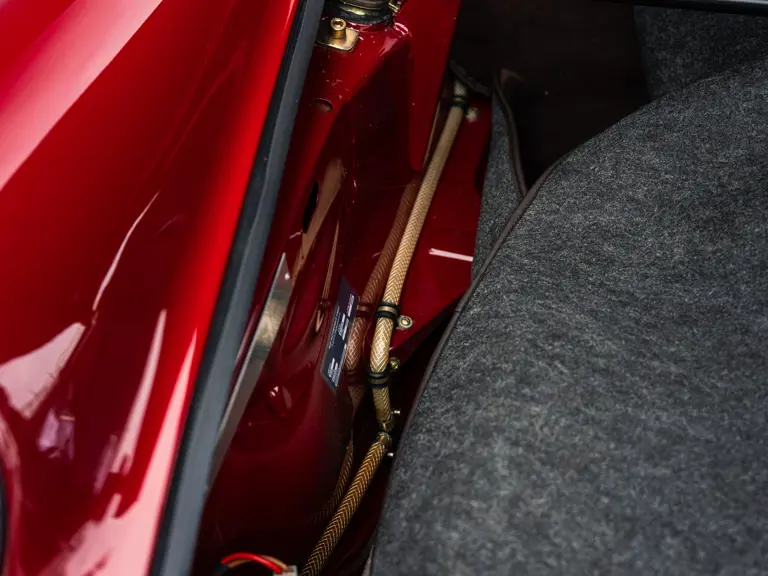
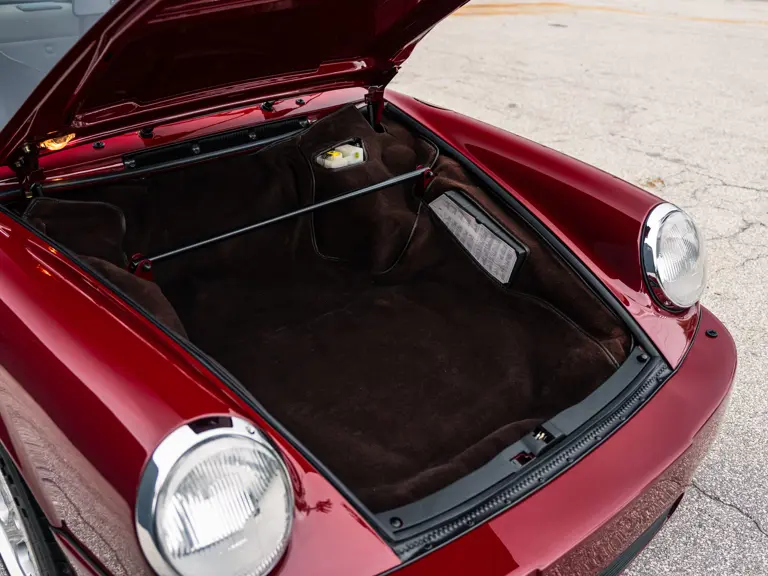
 | Monterey, California
| Monterey, California
